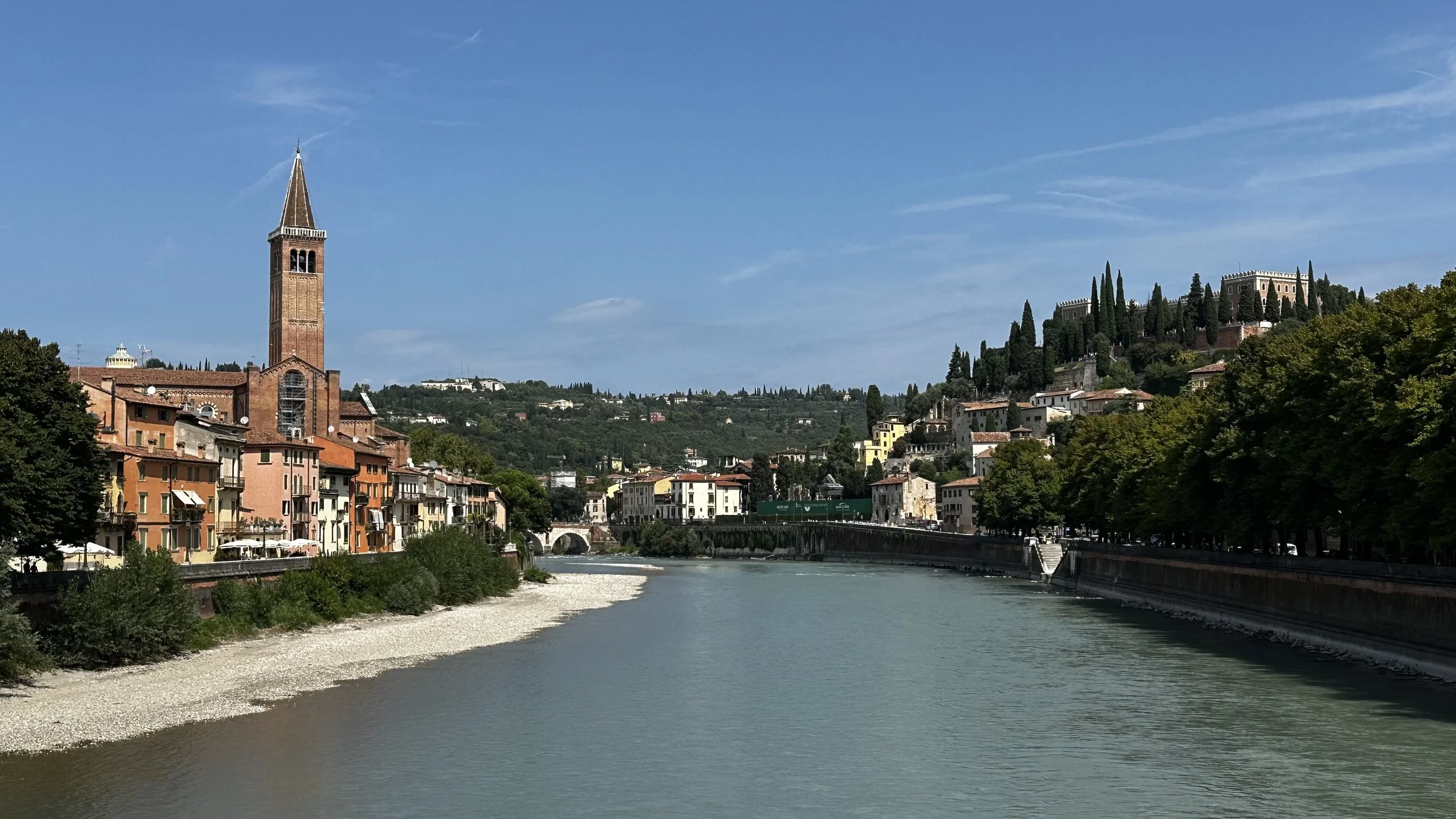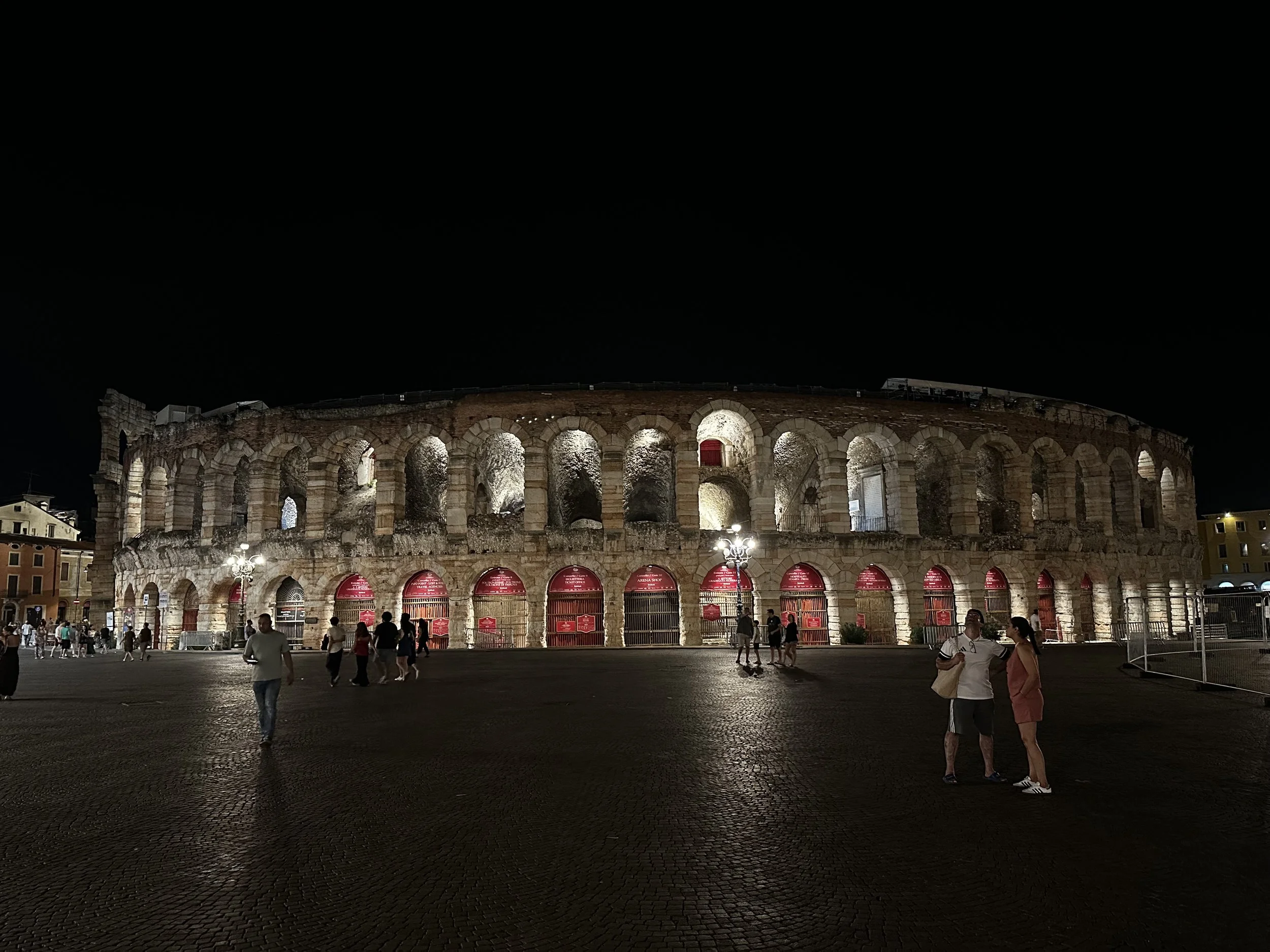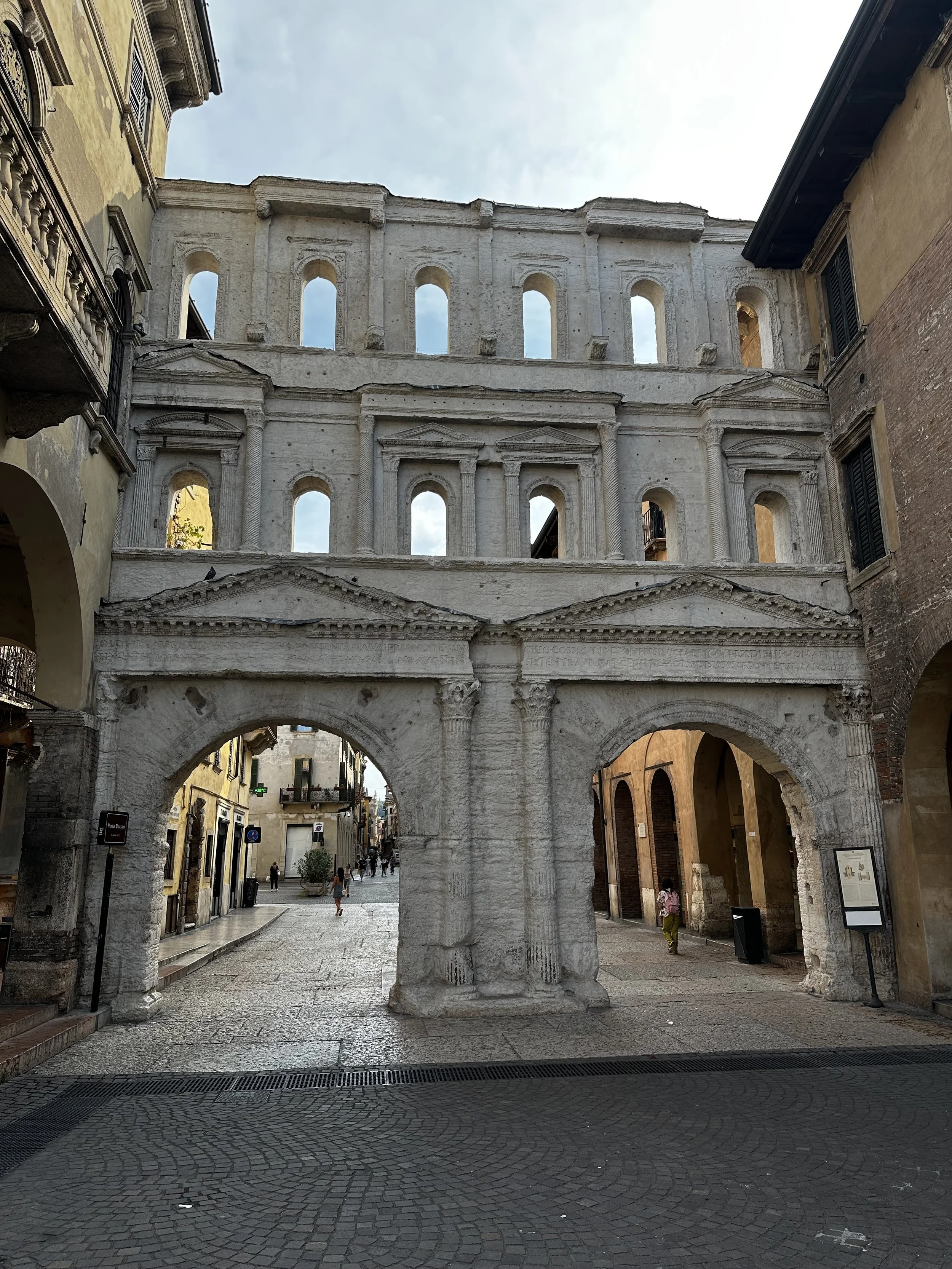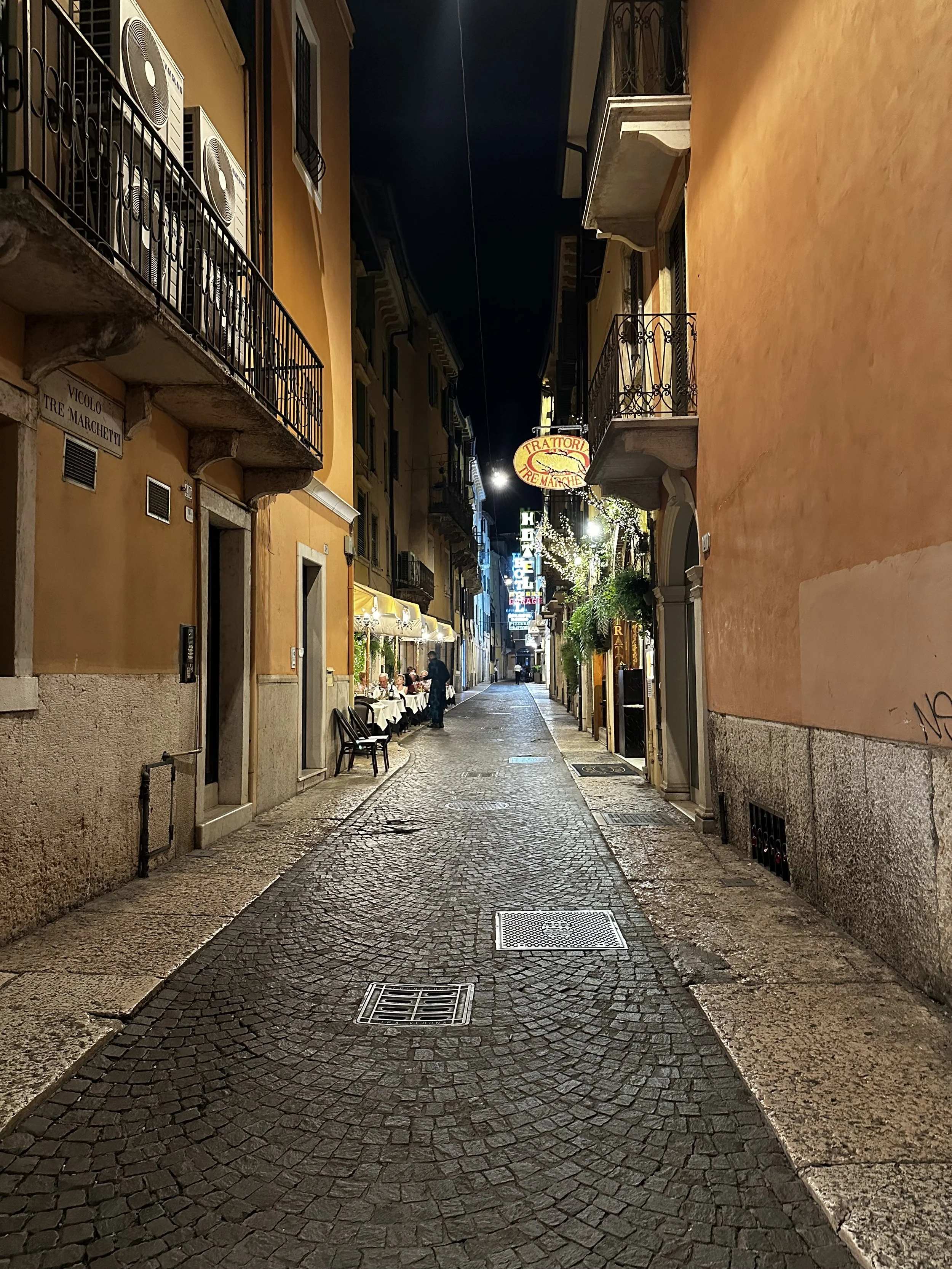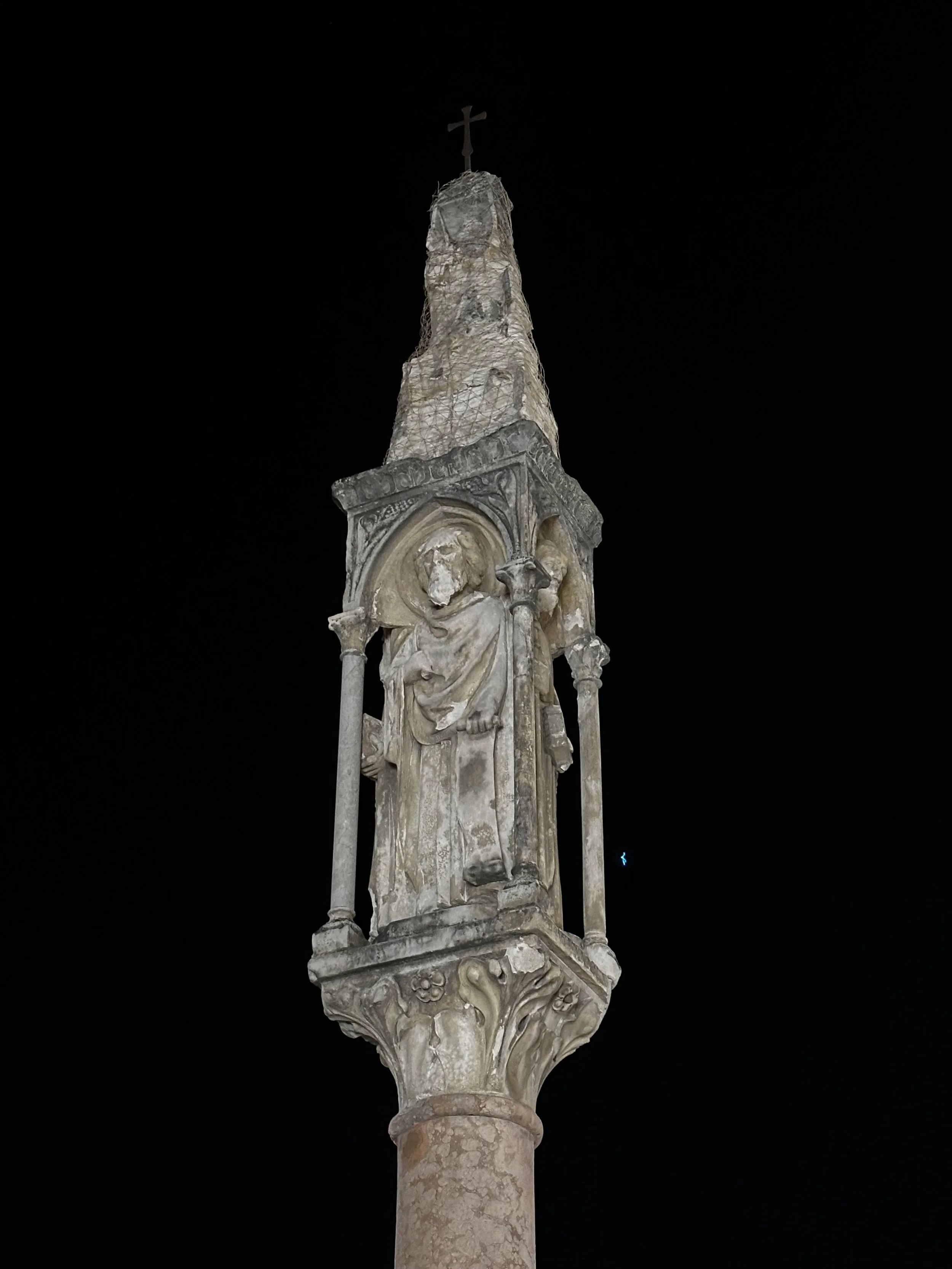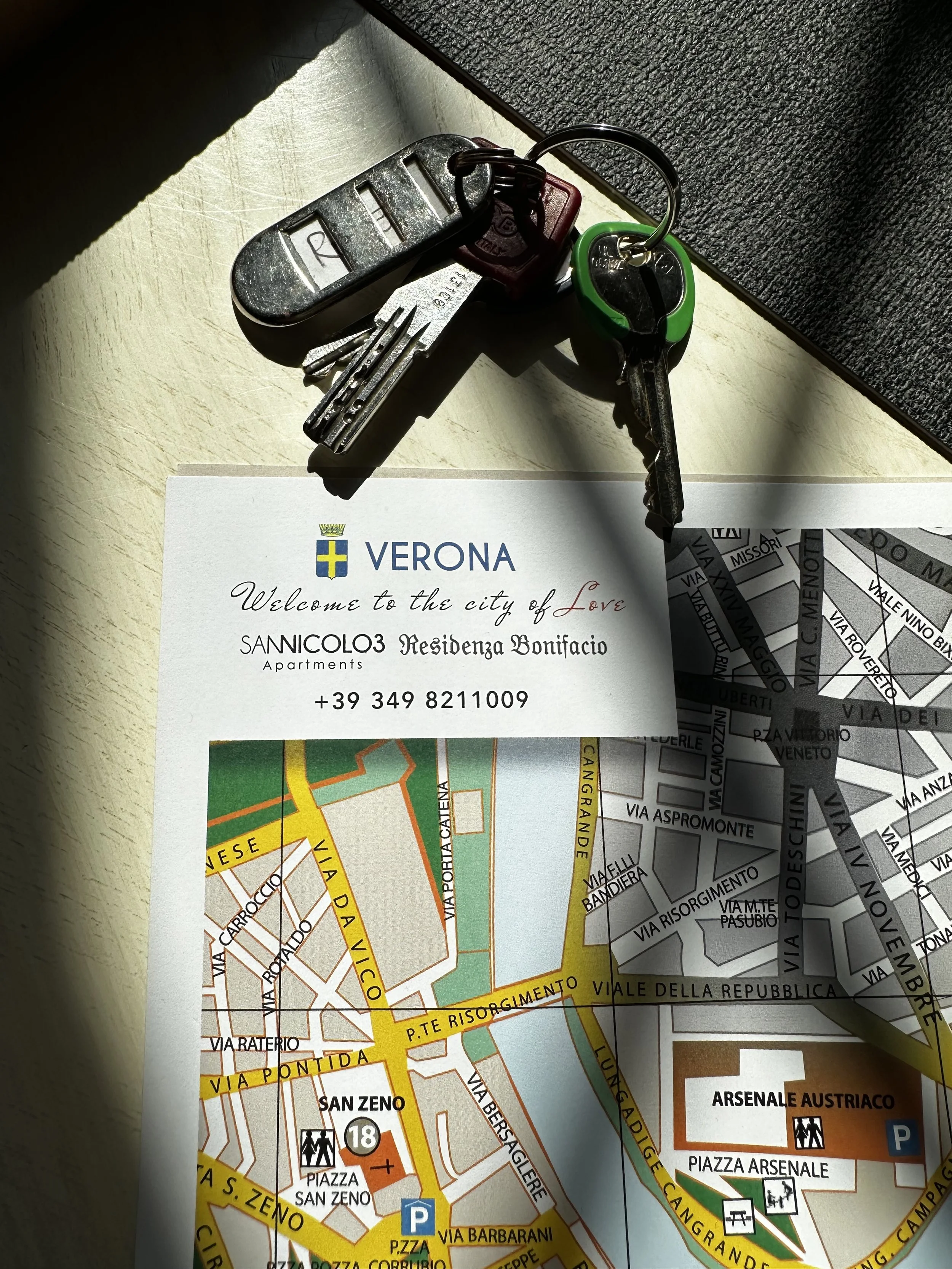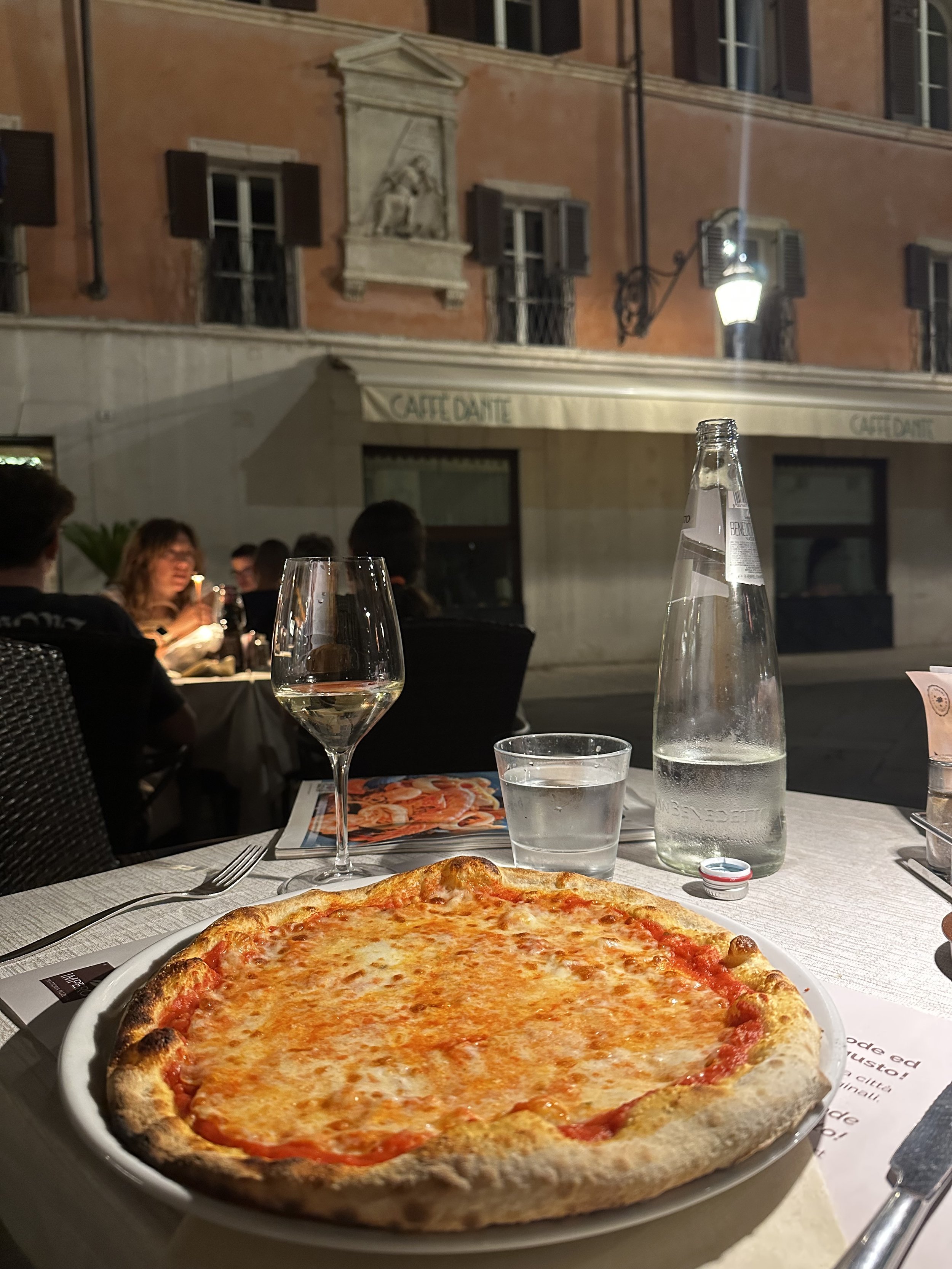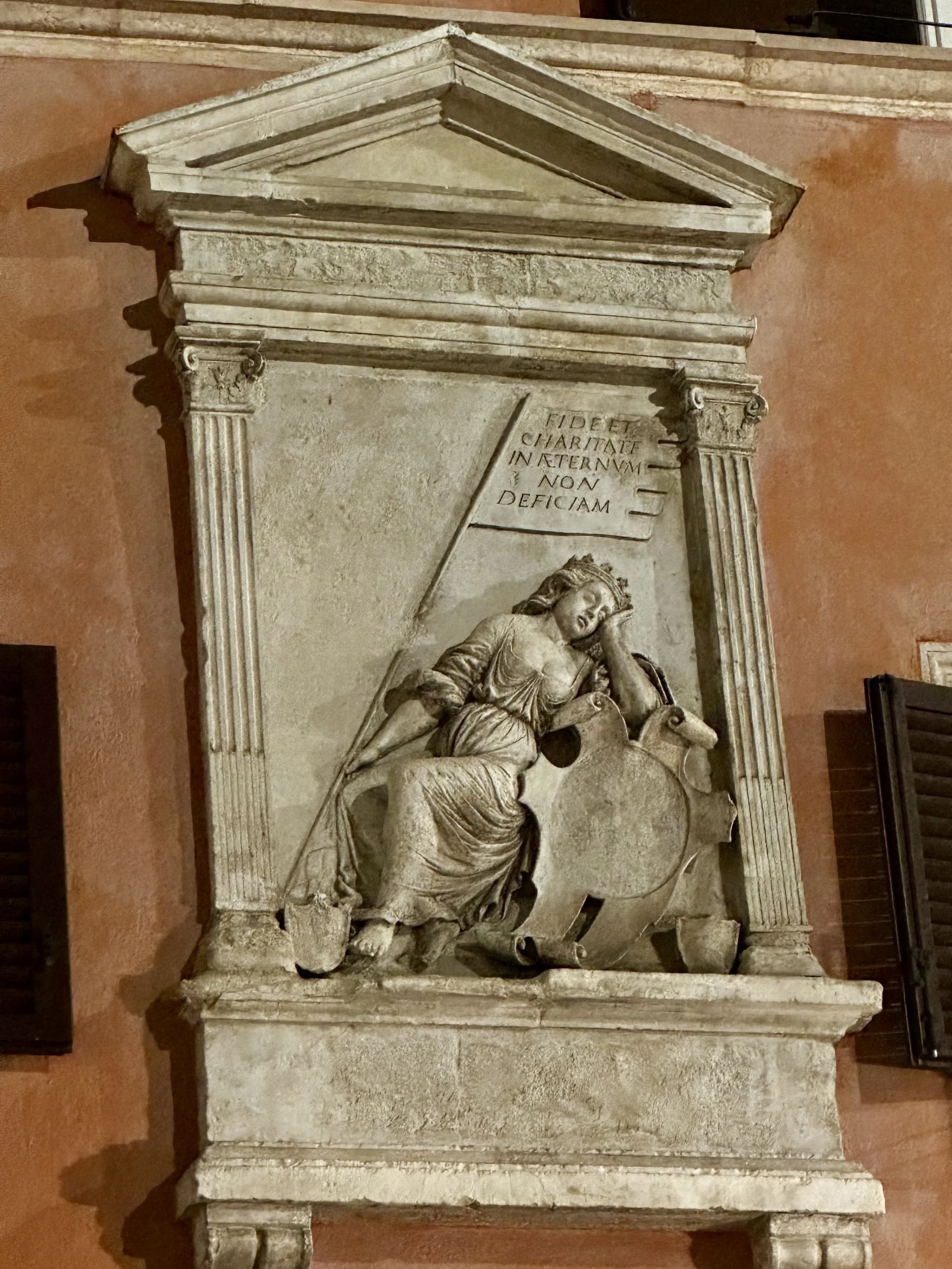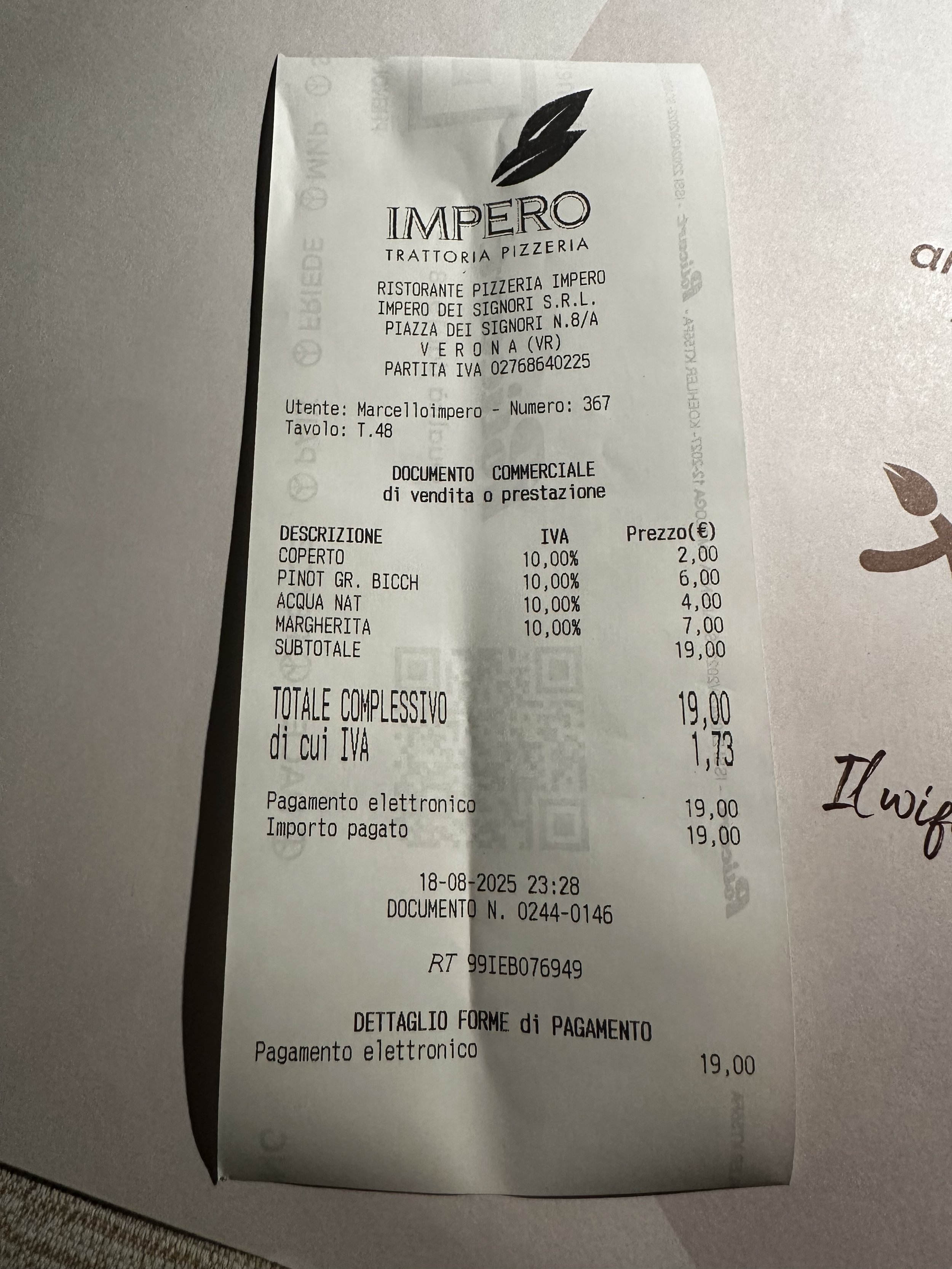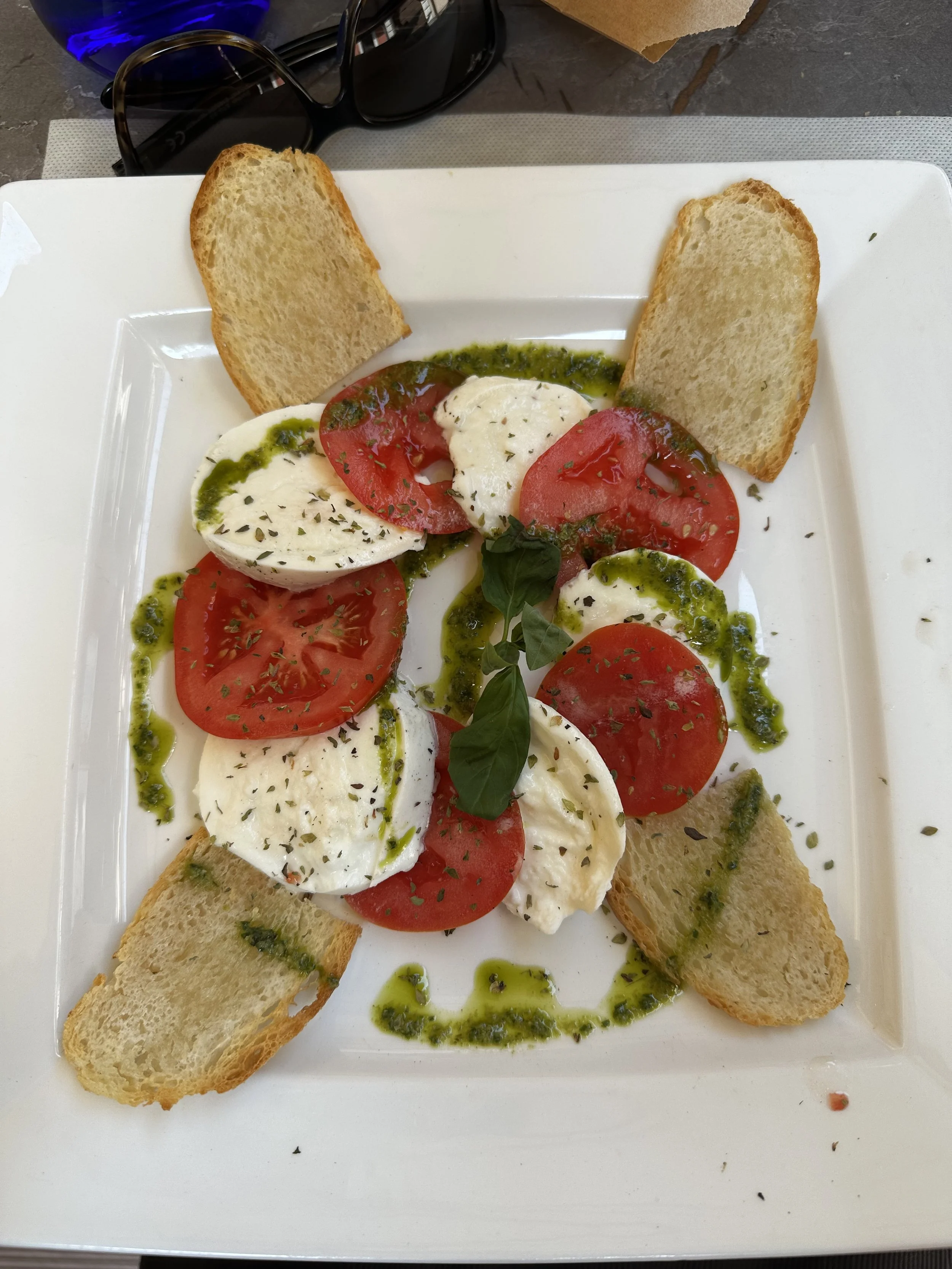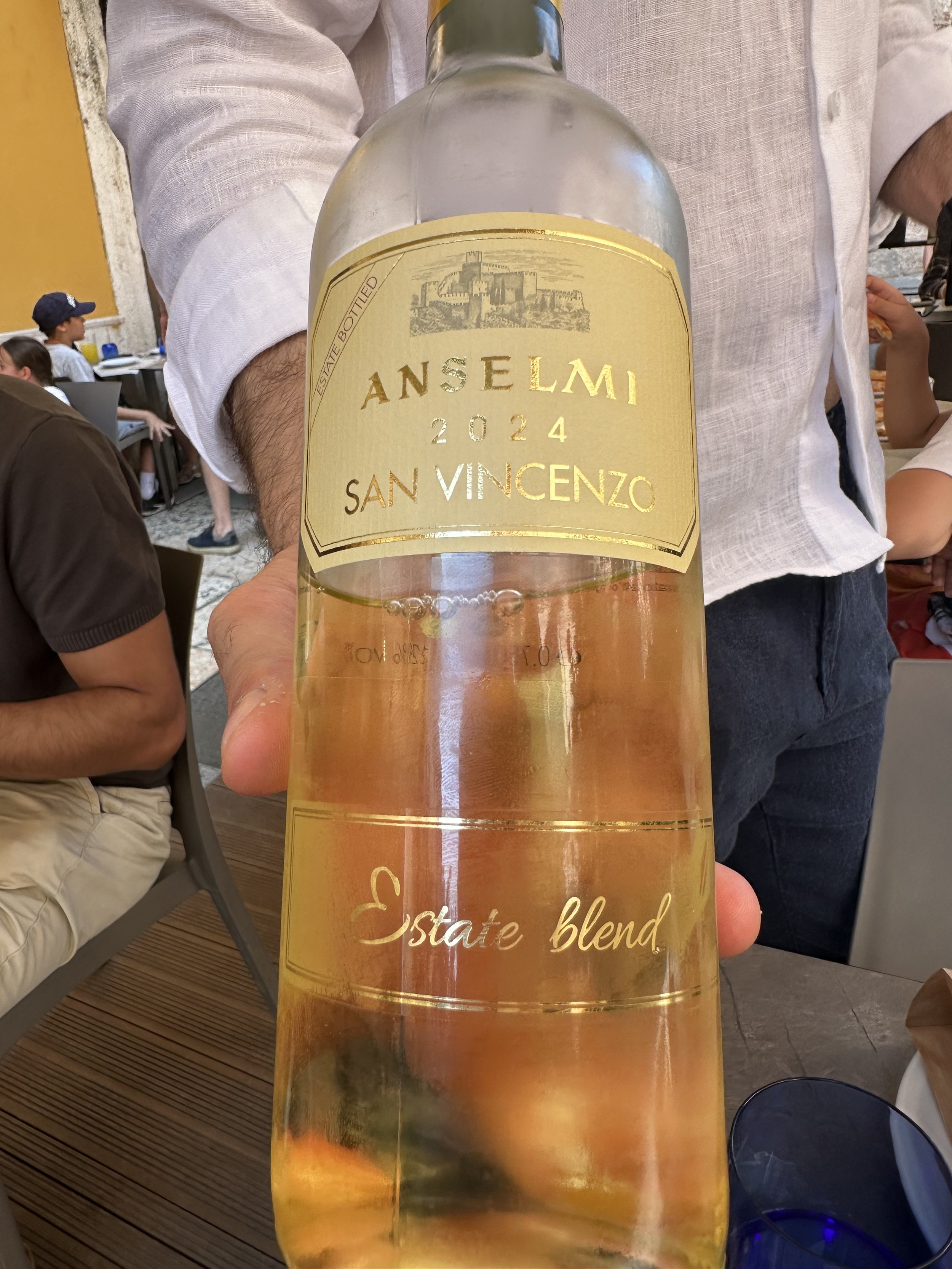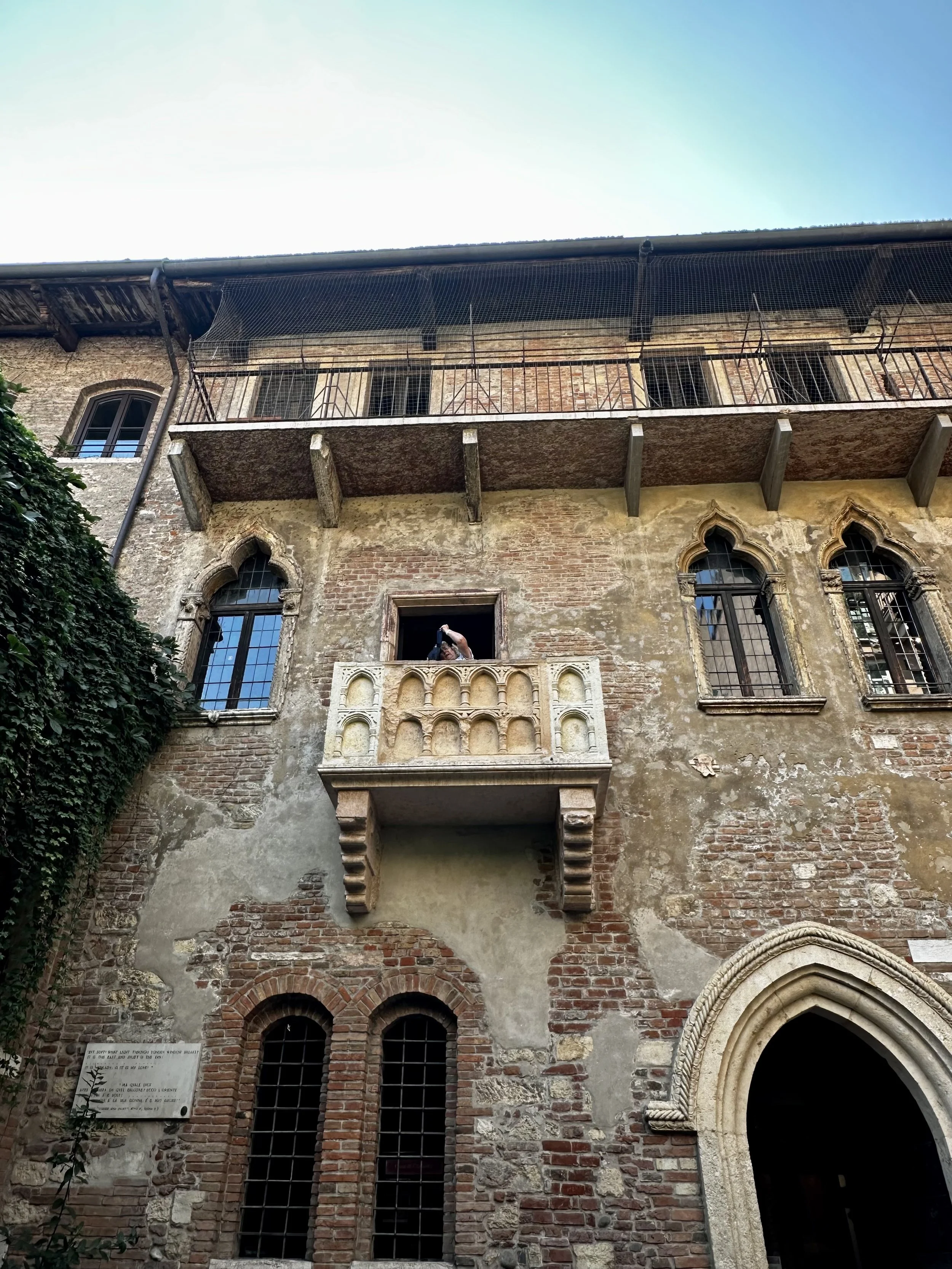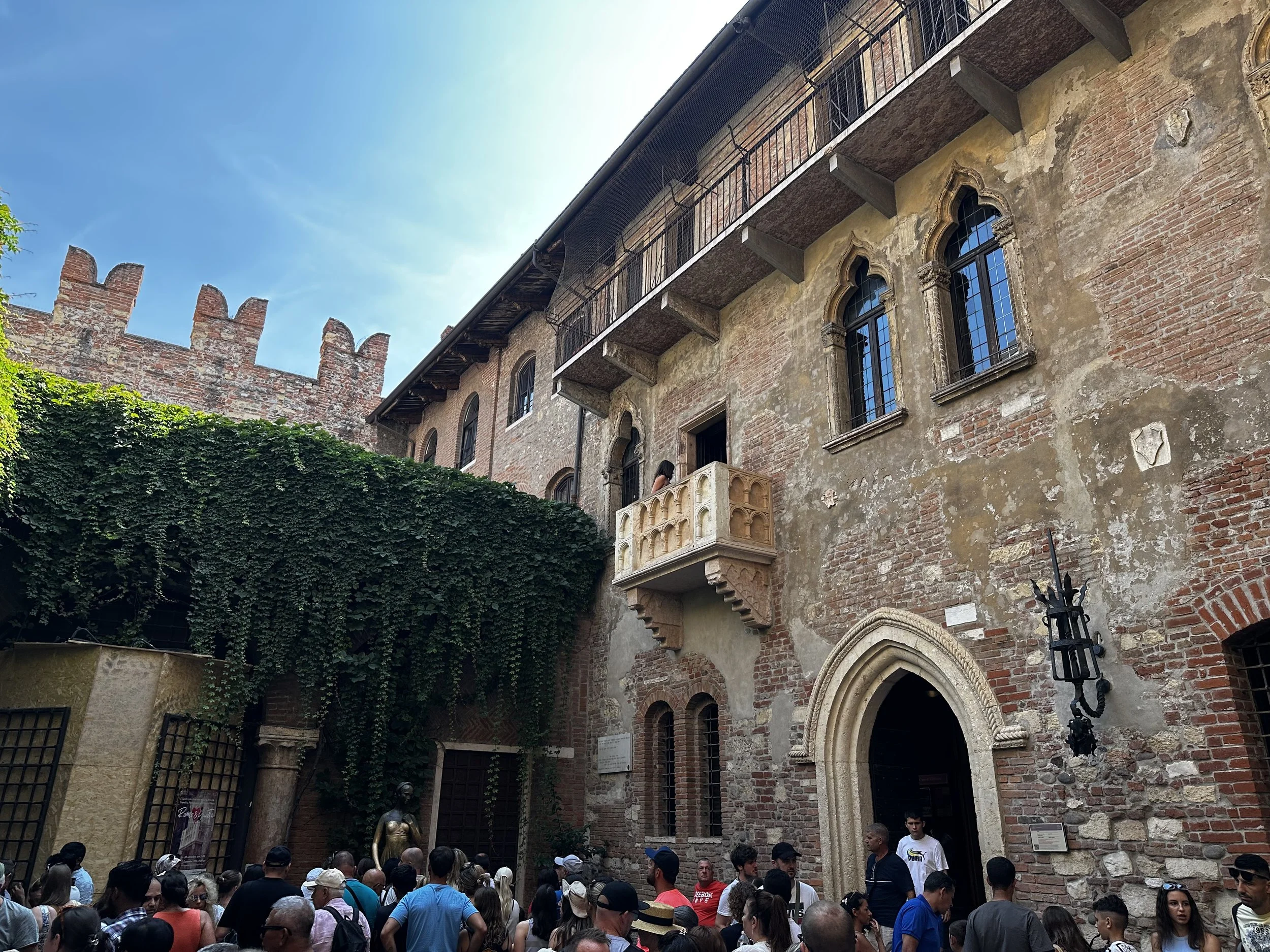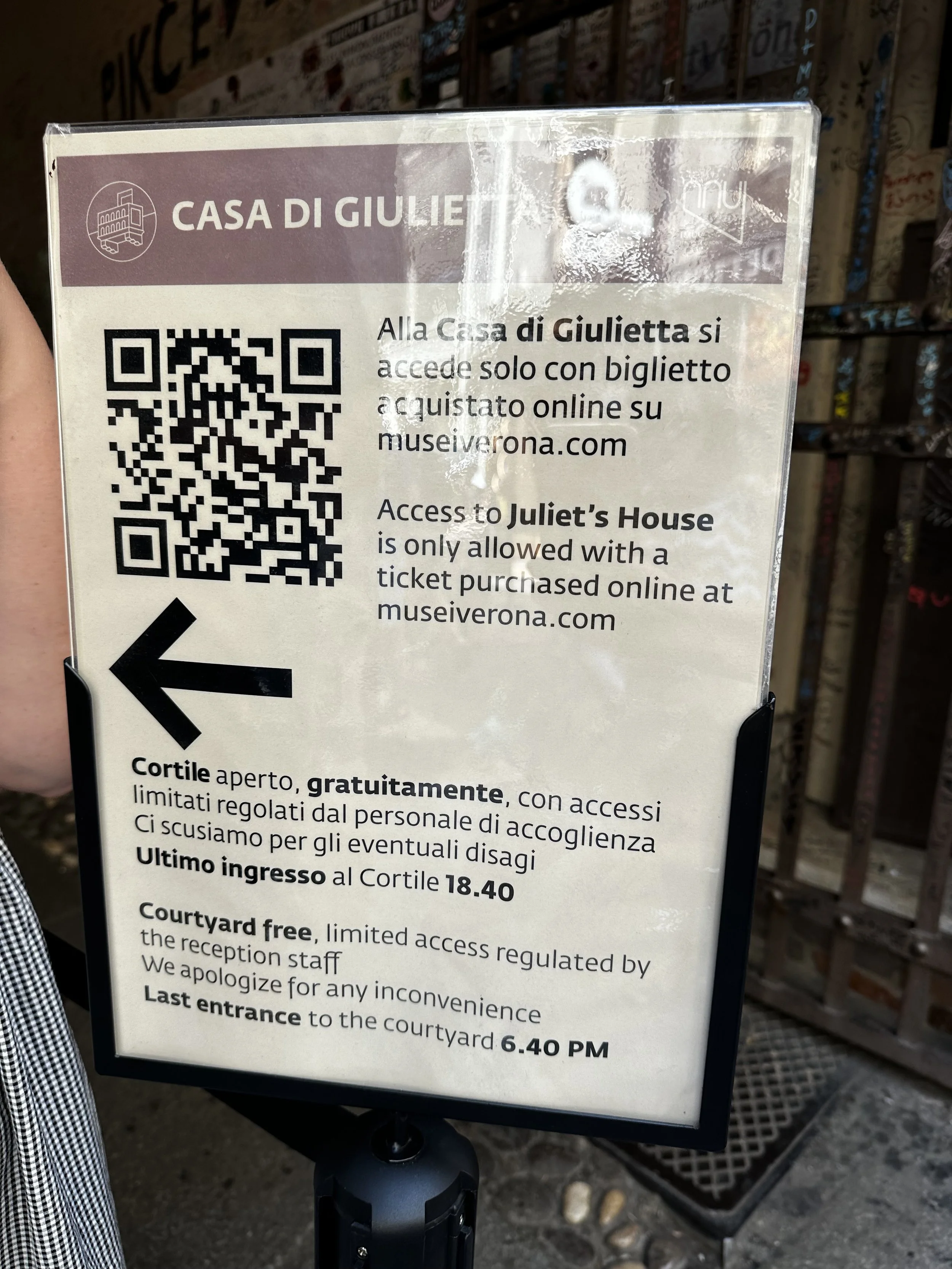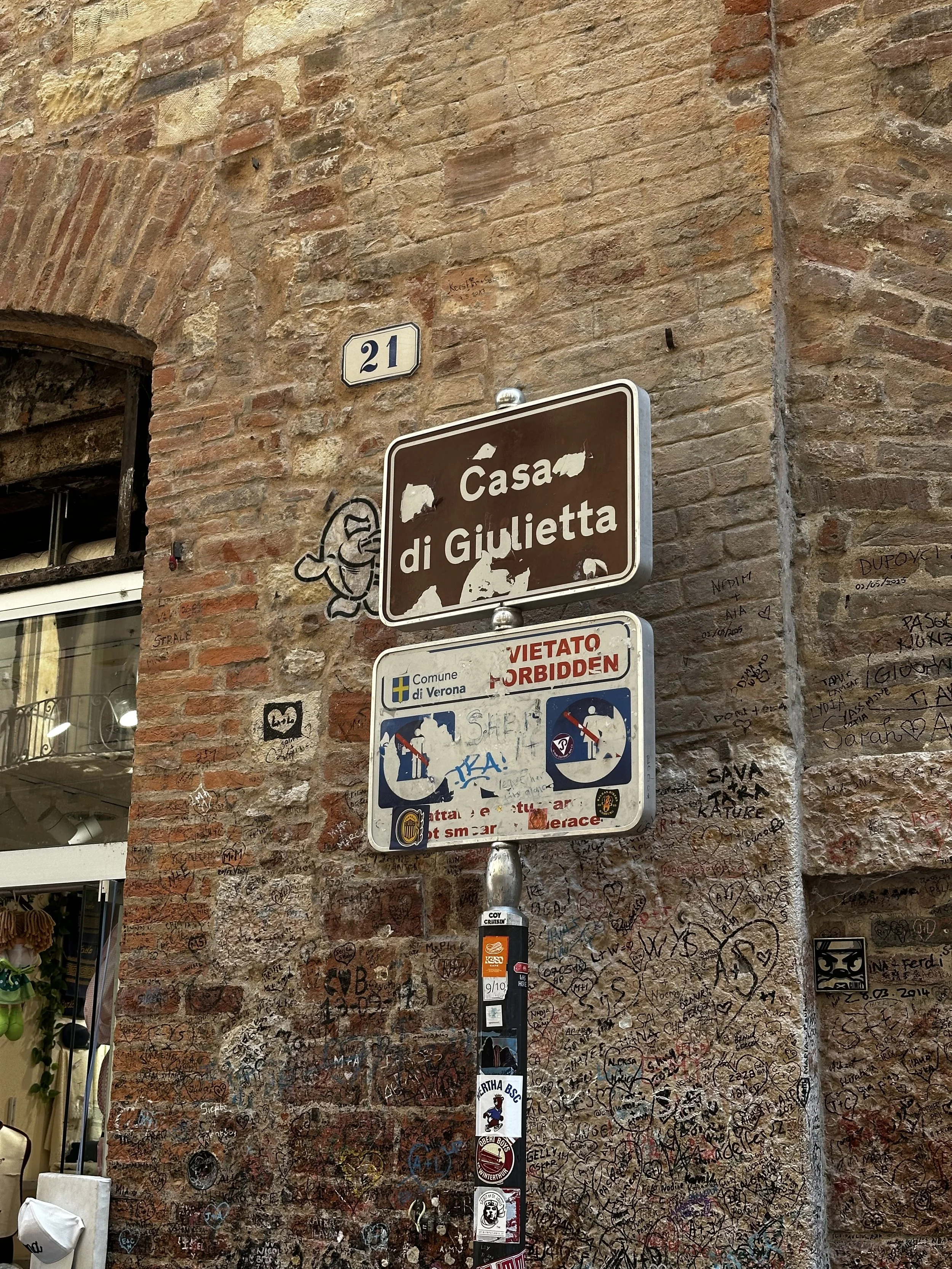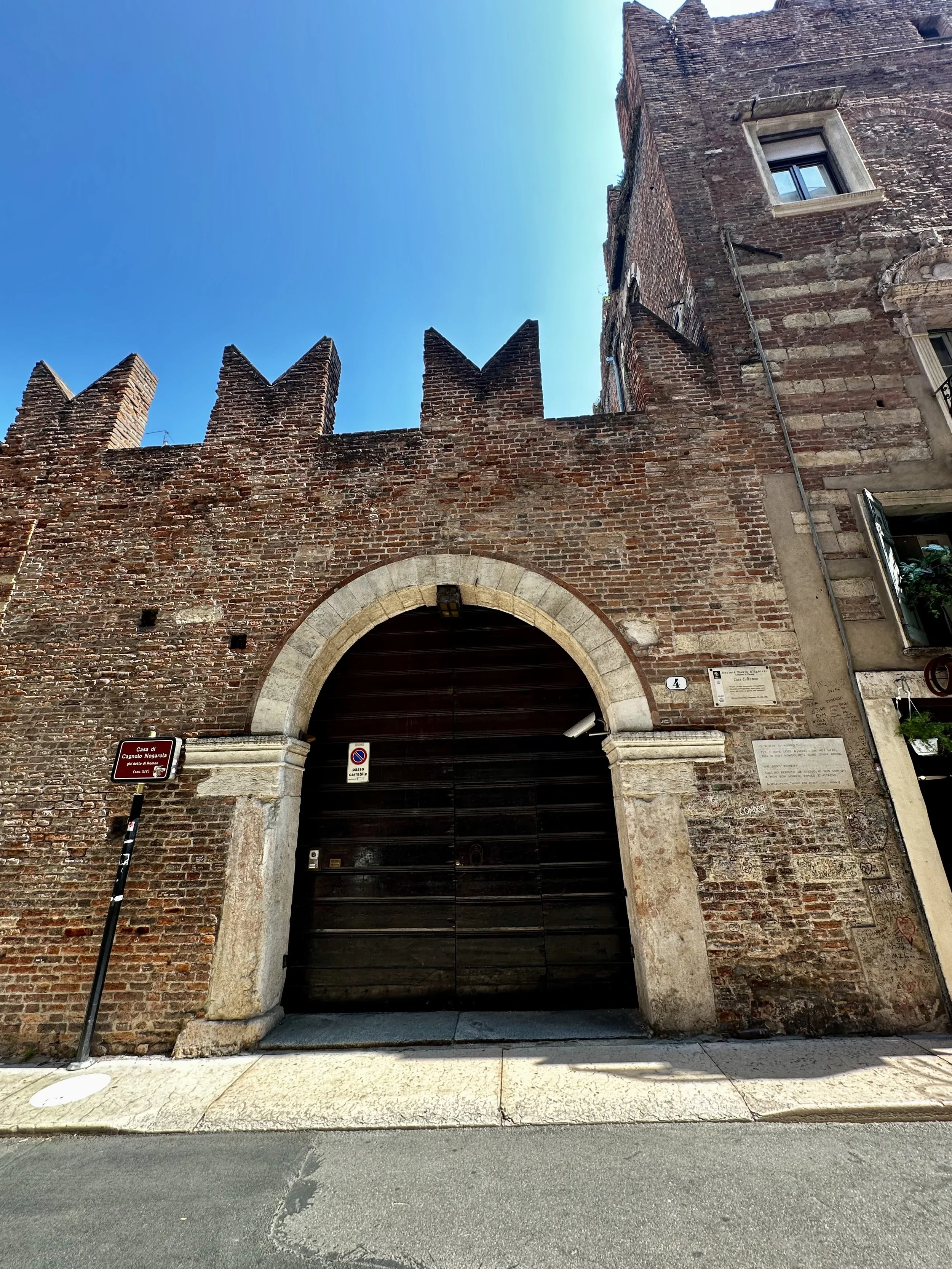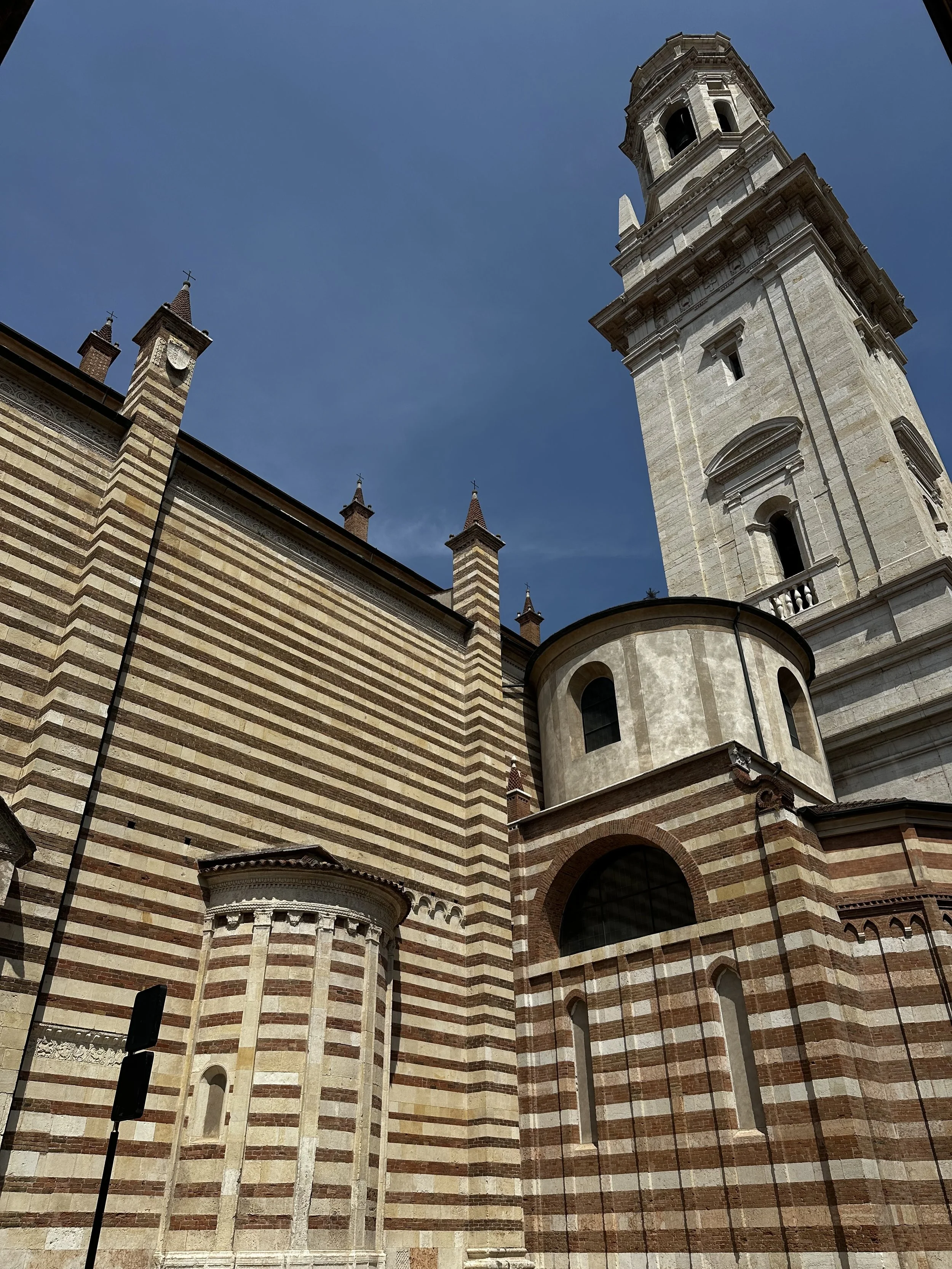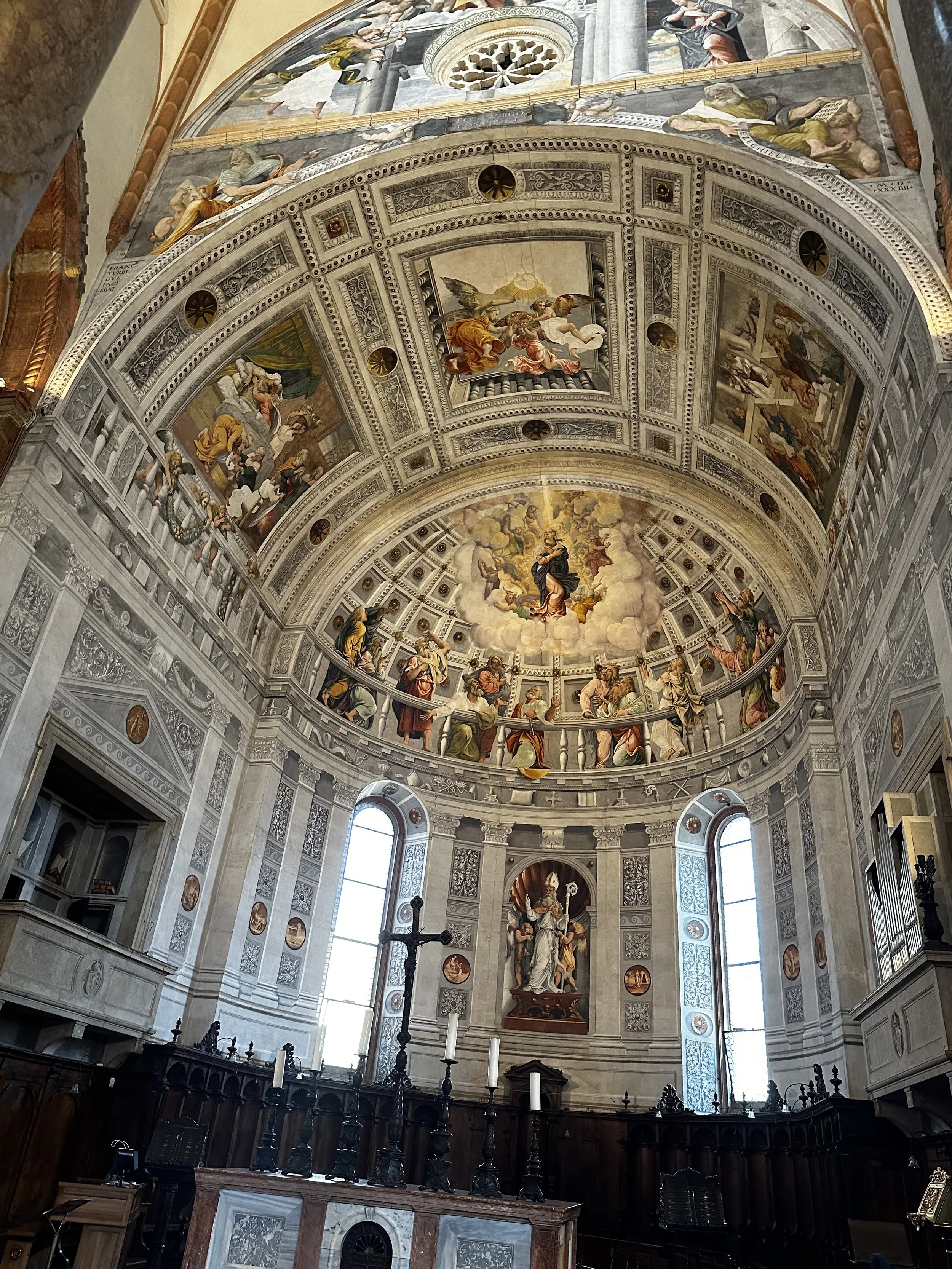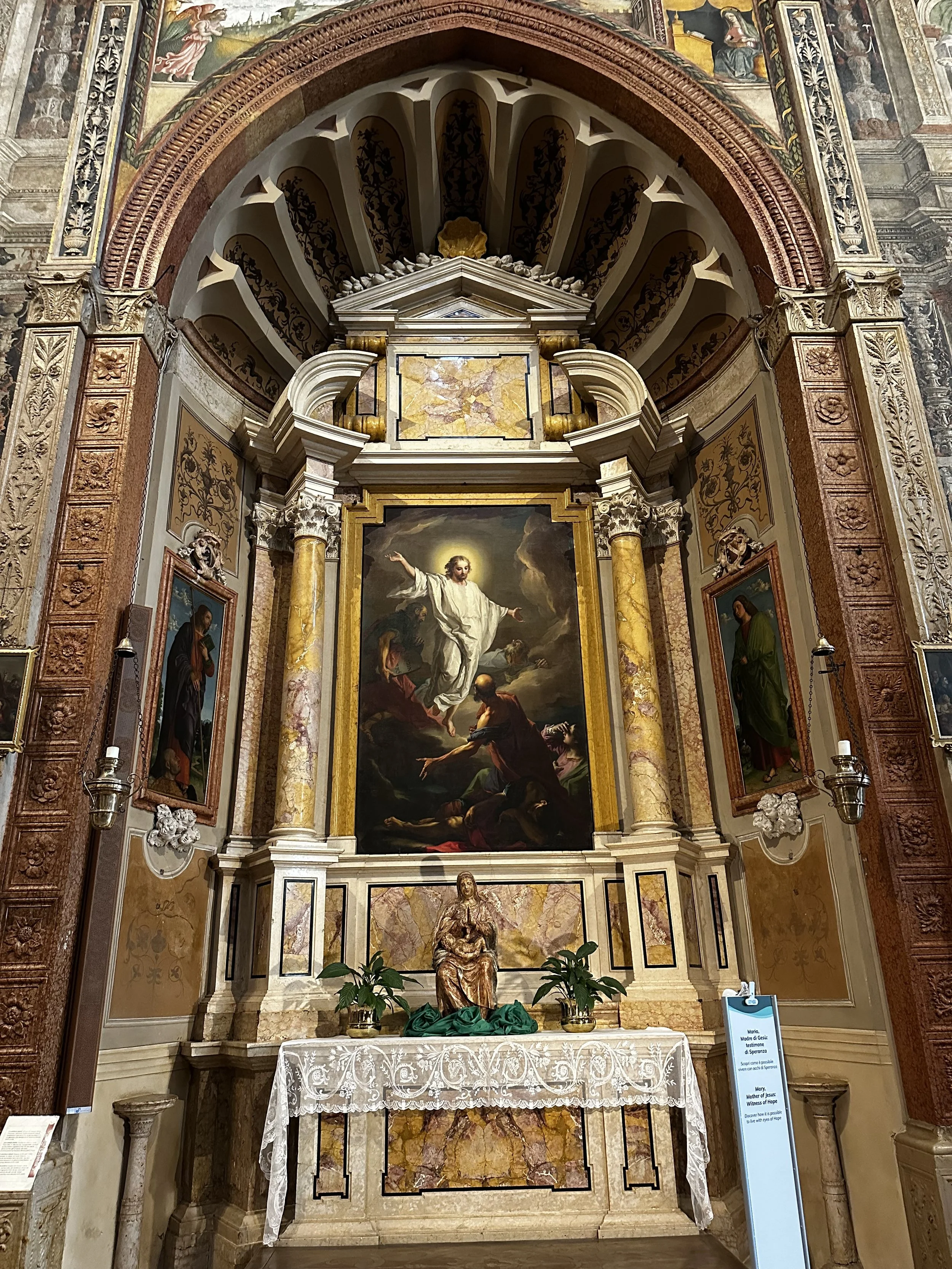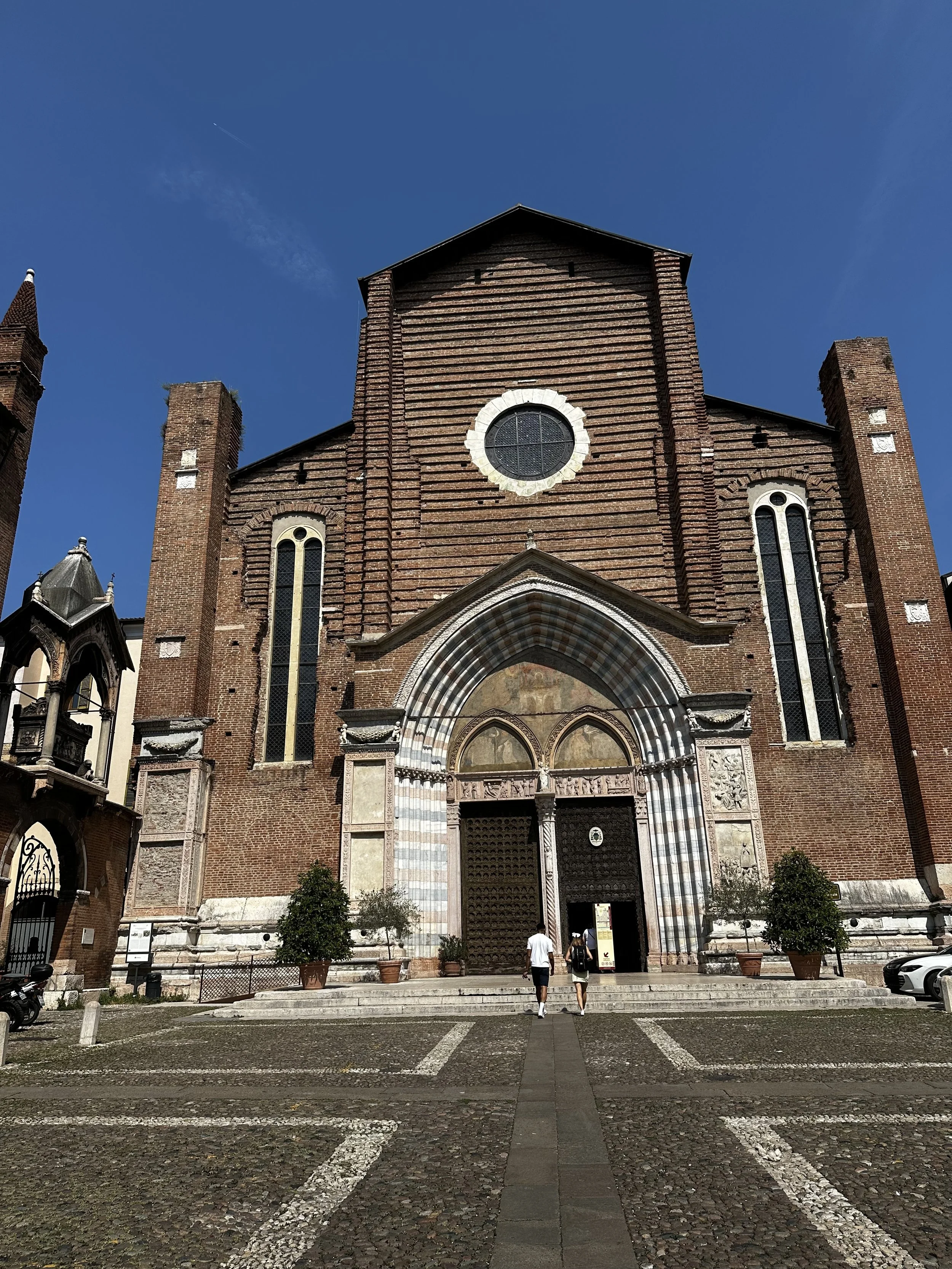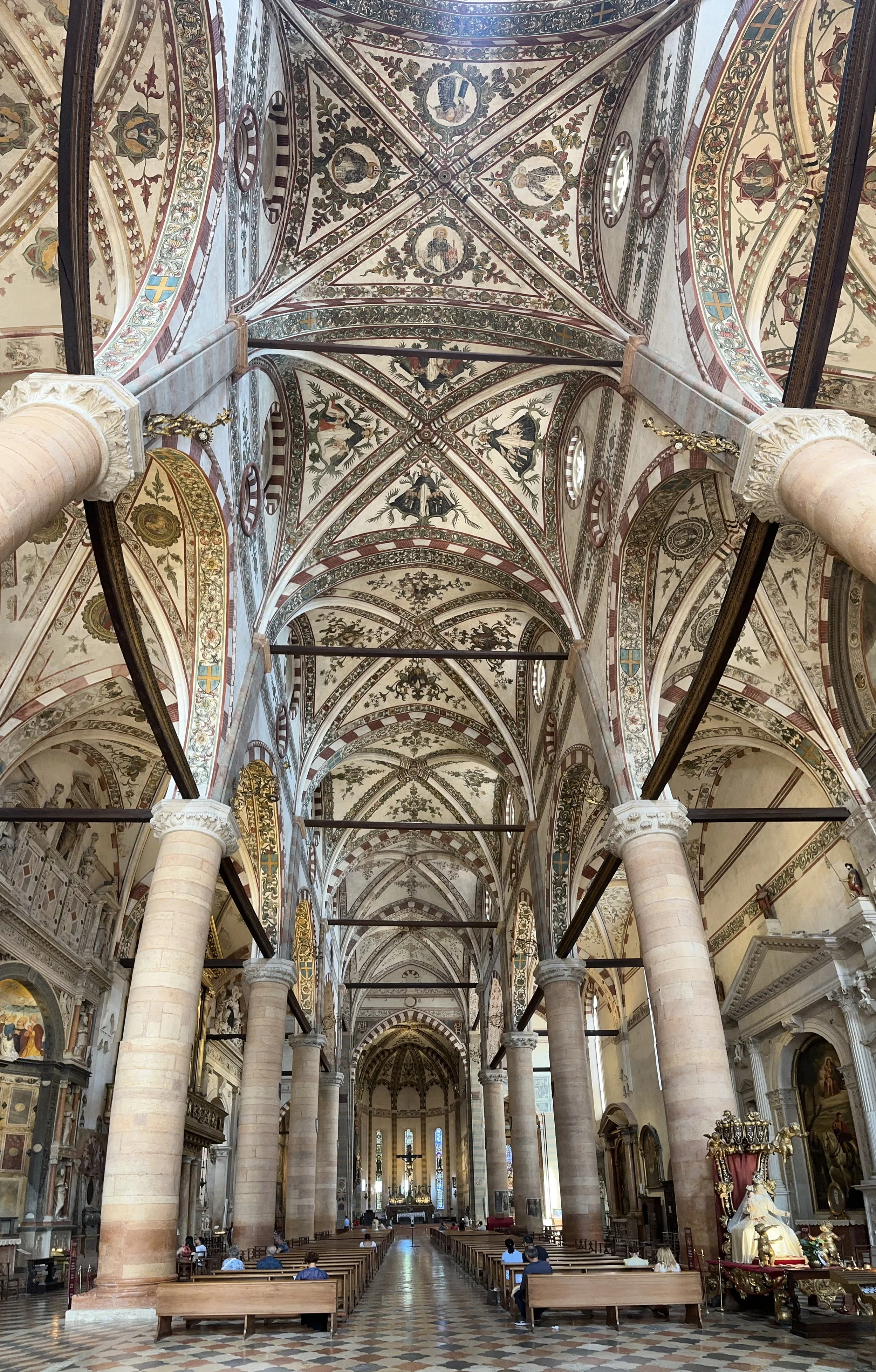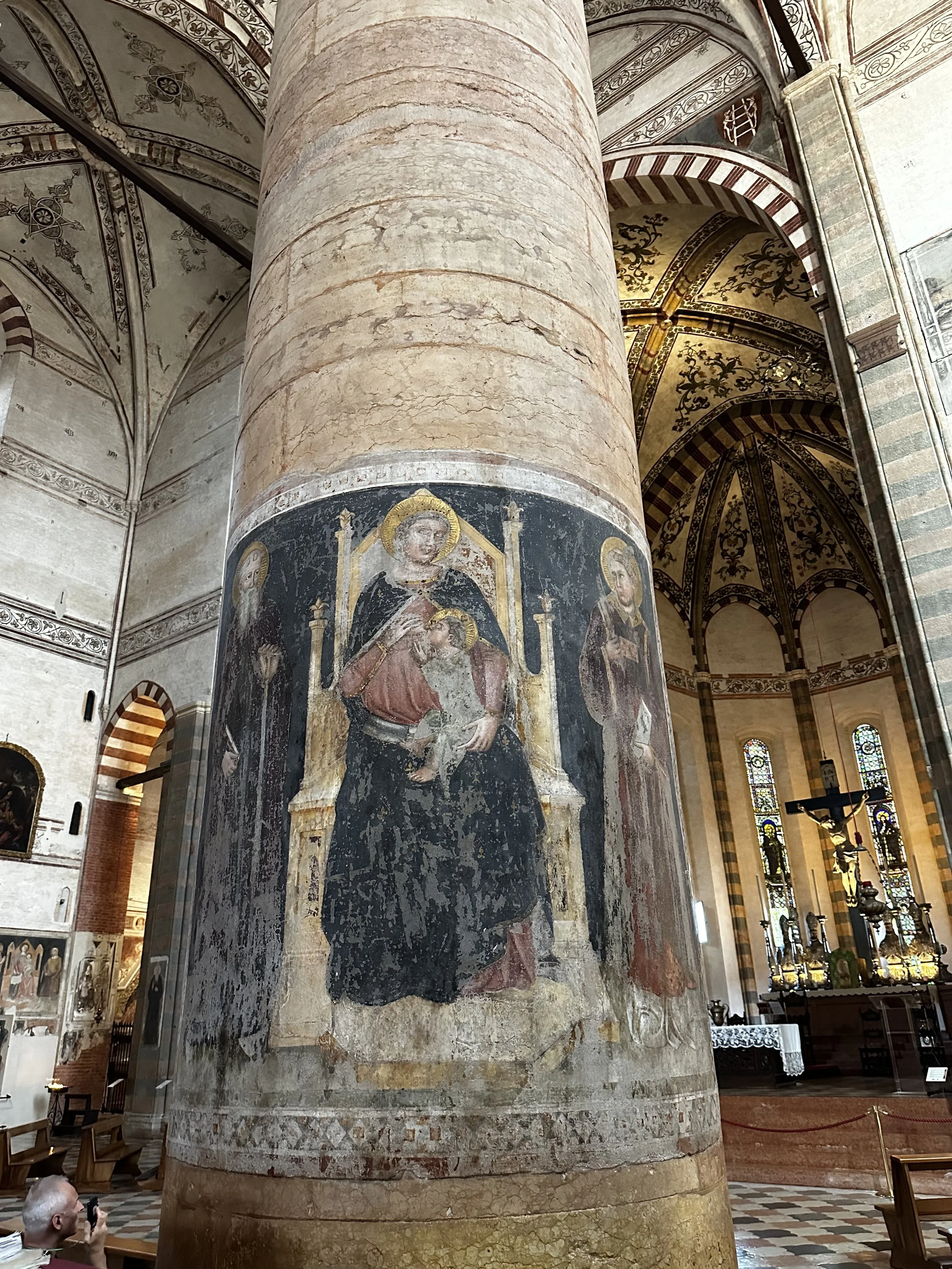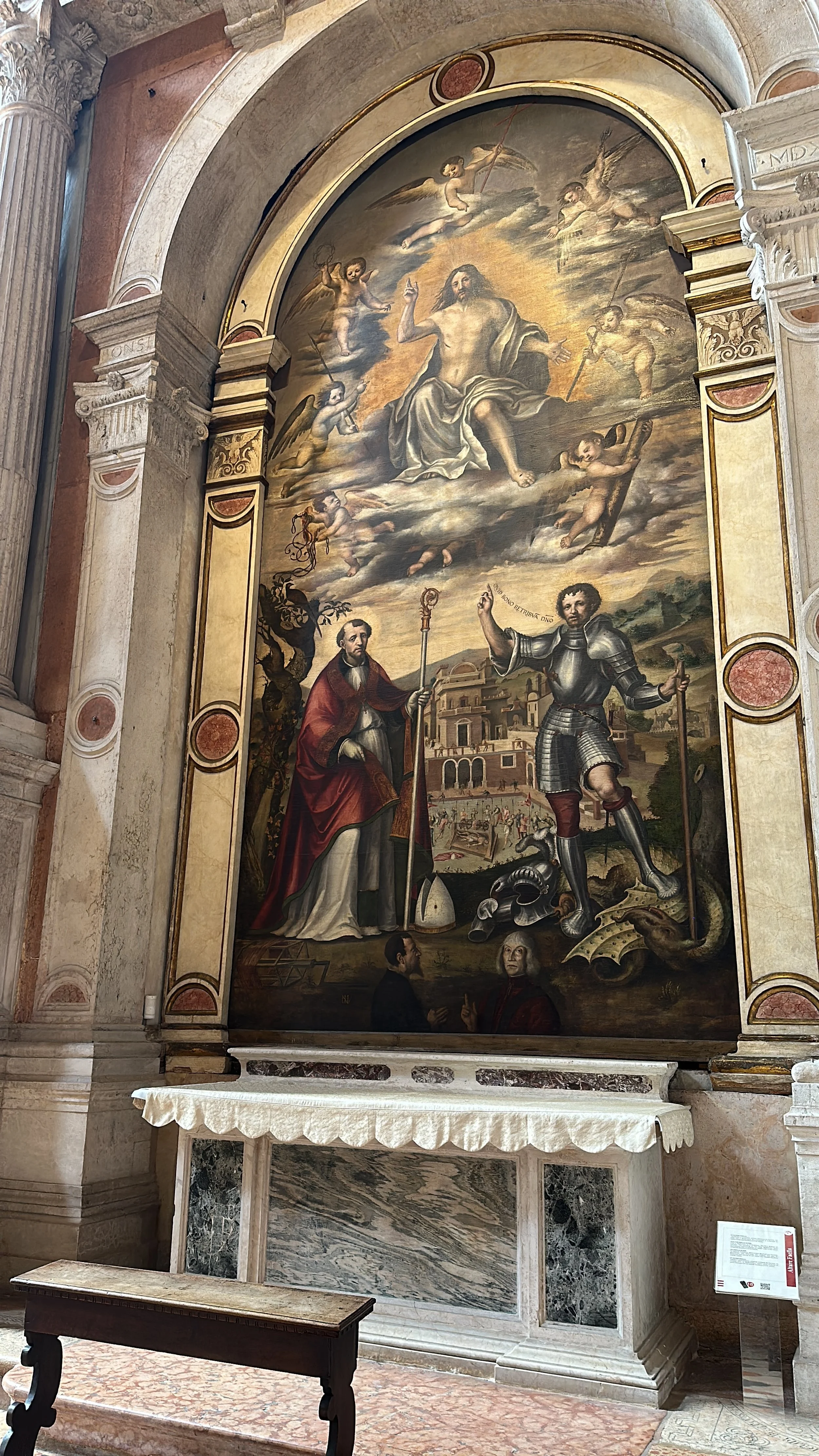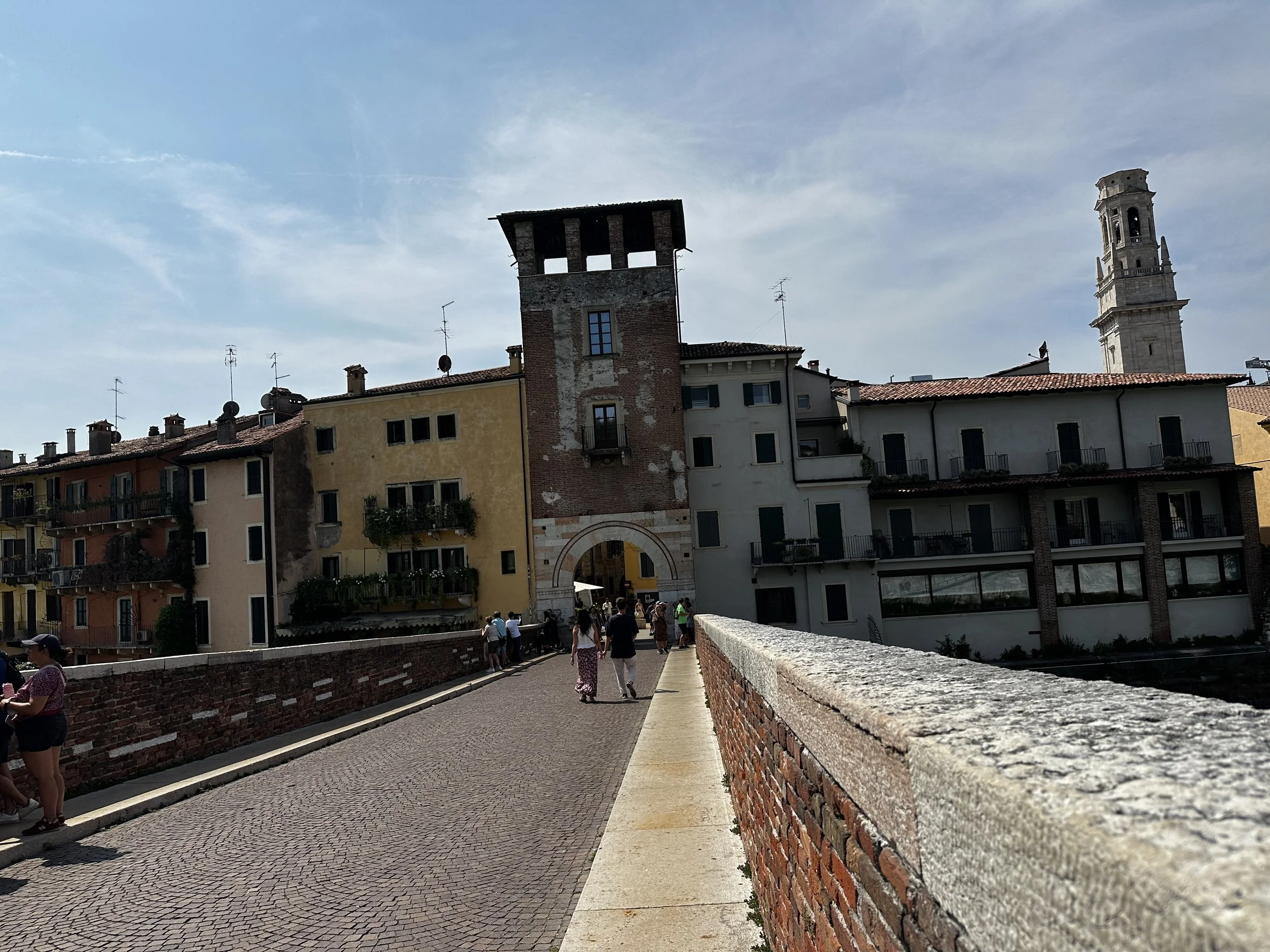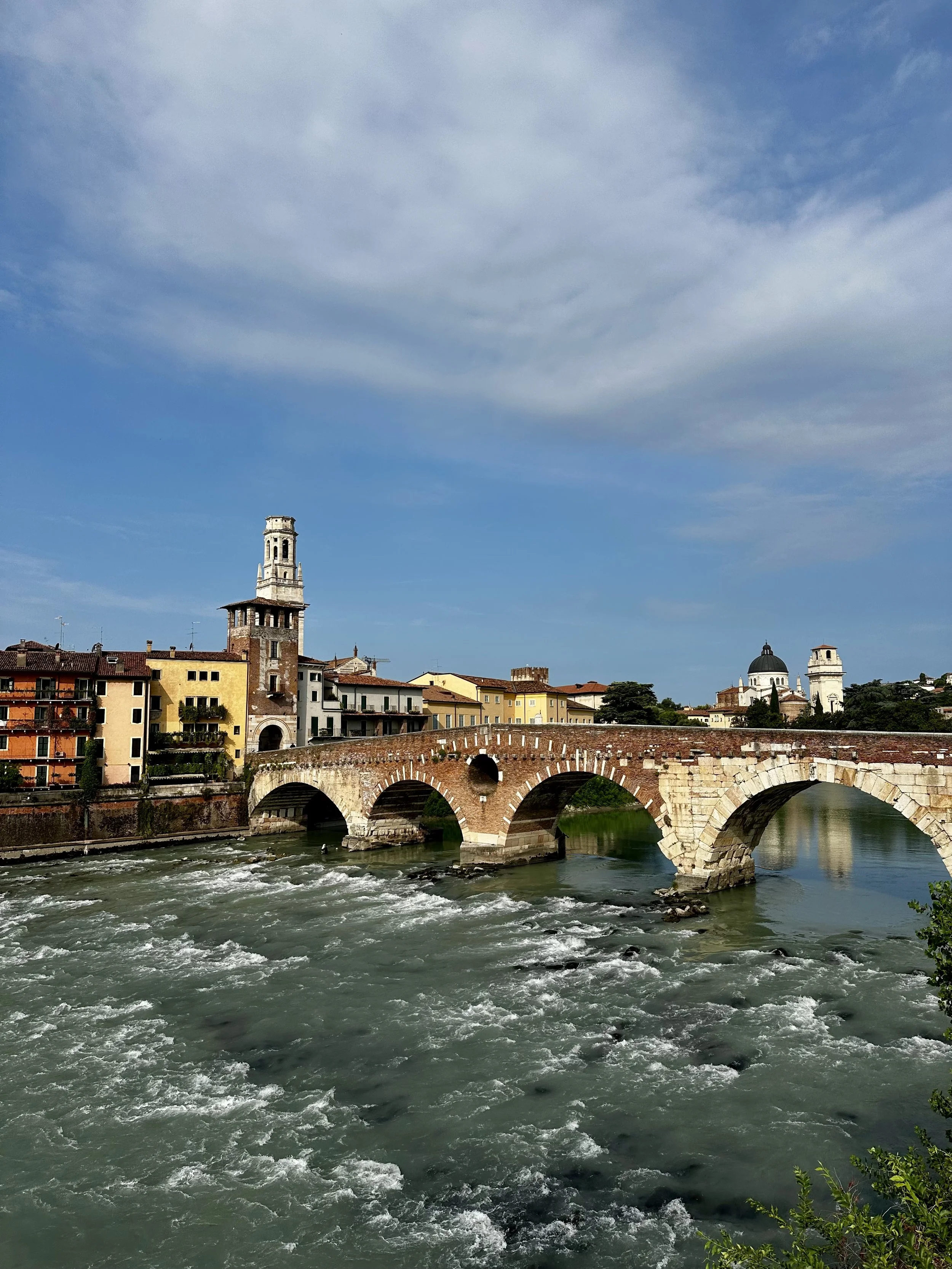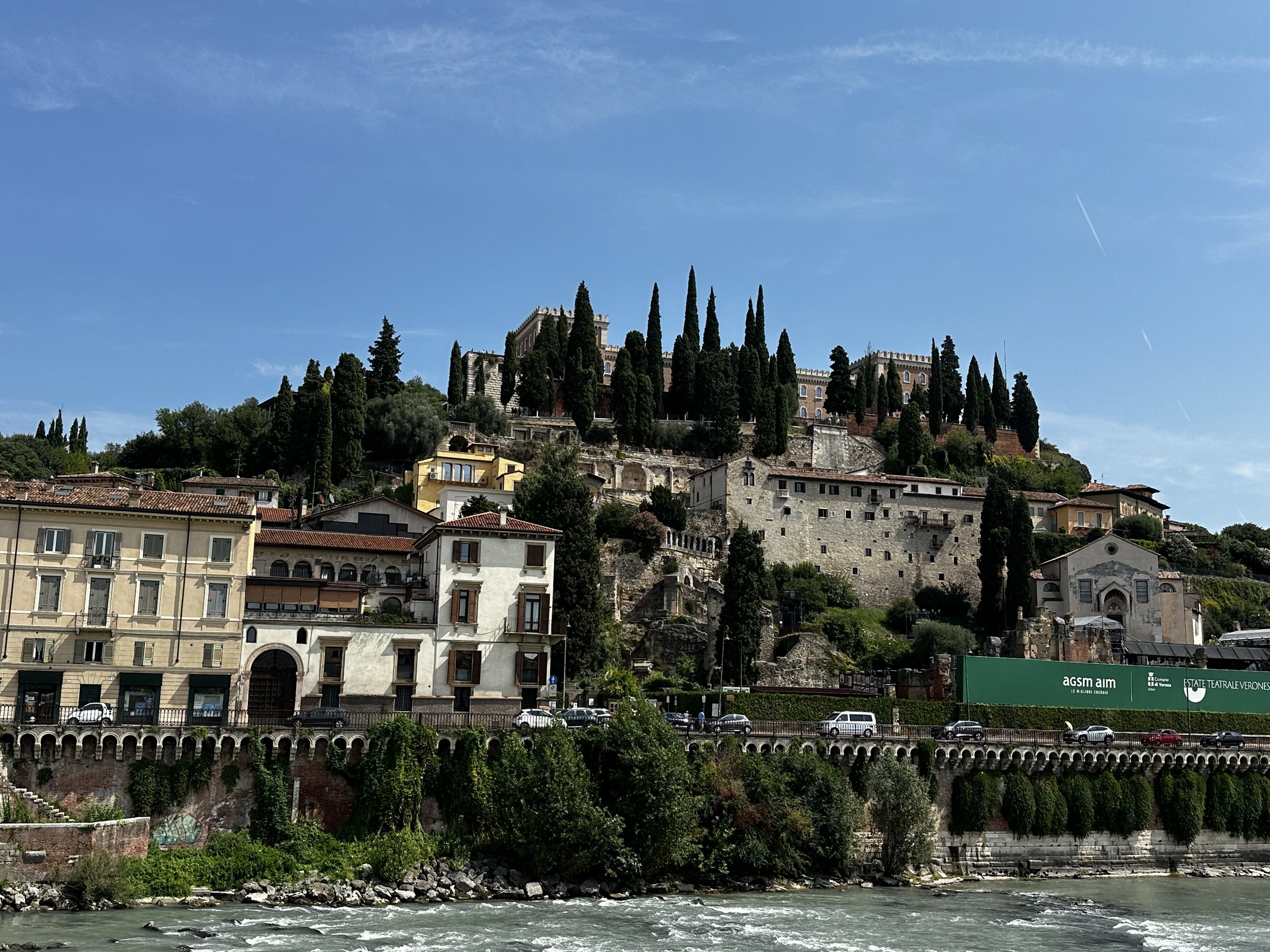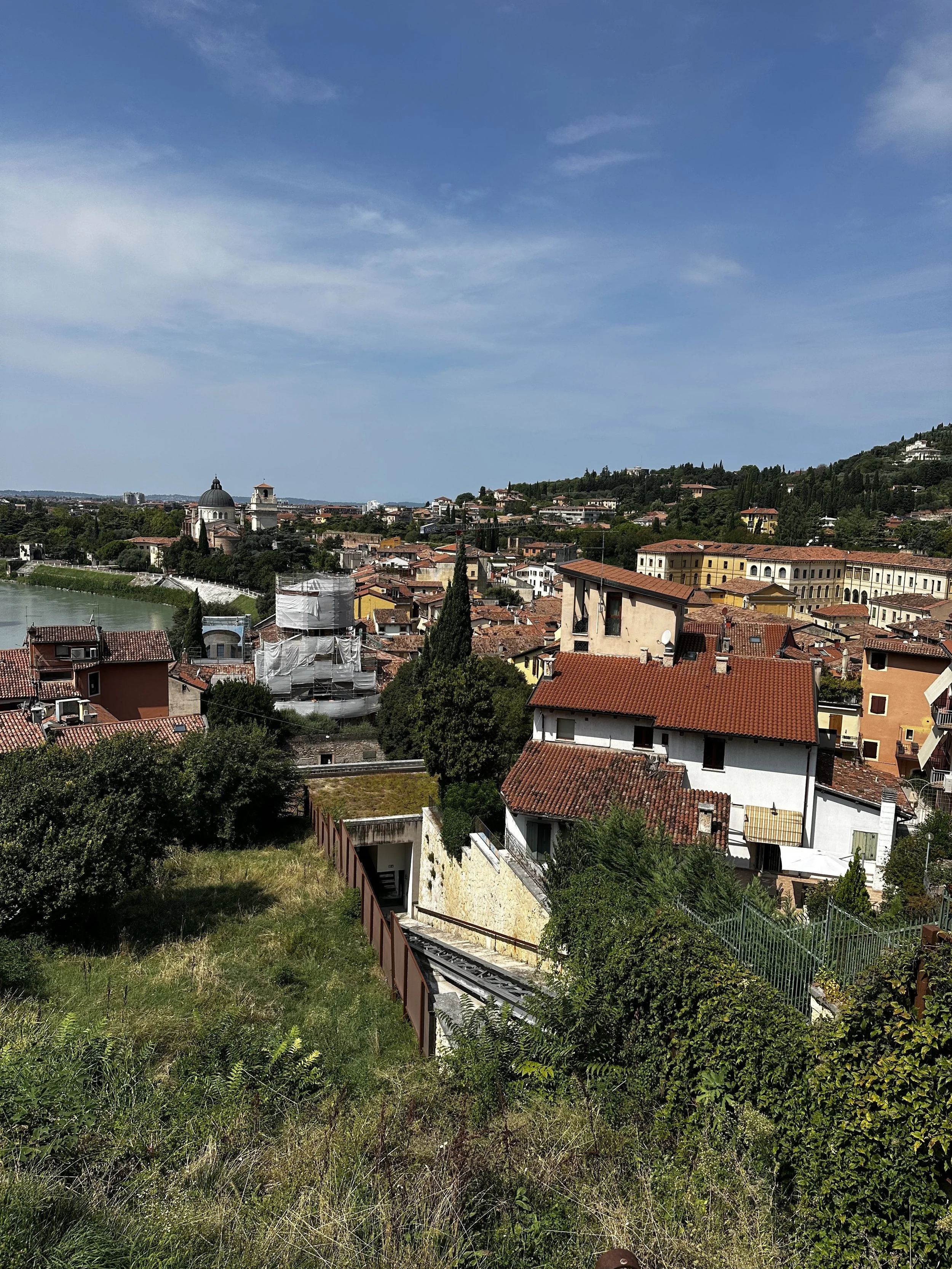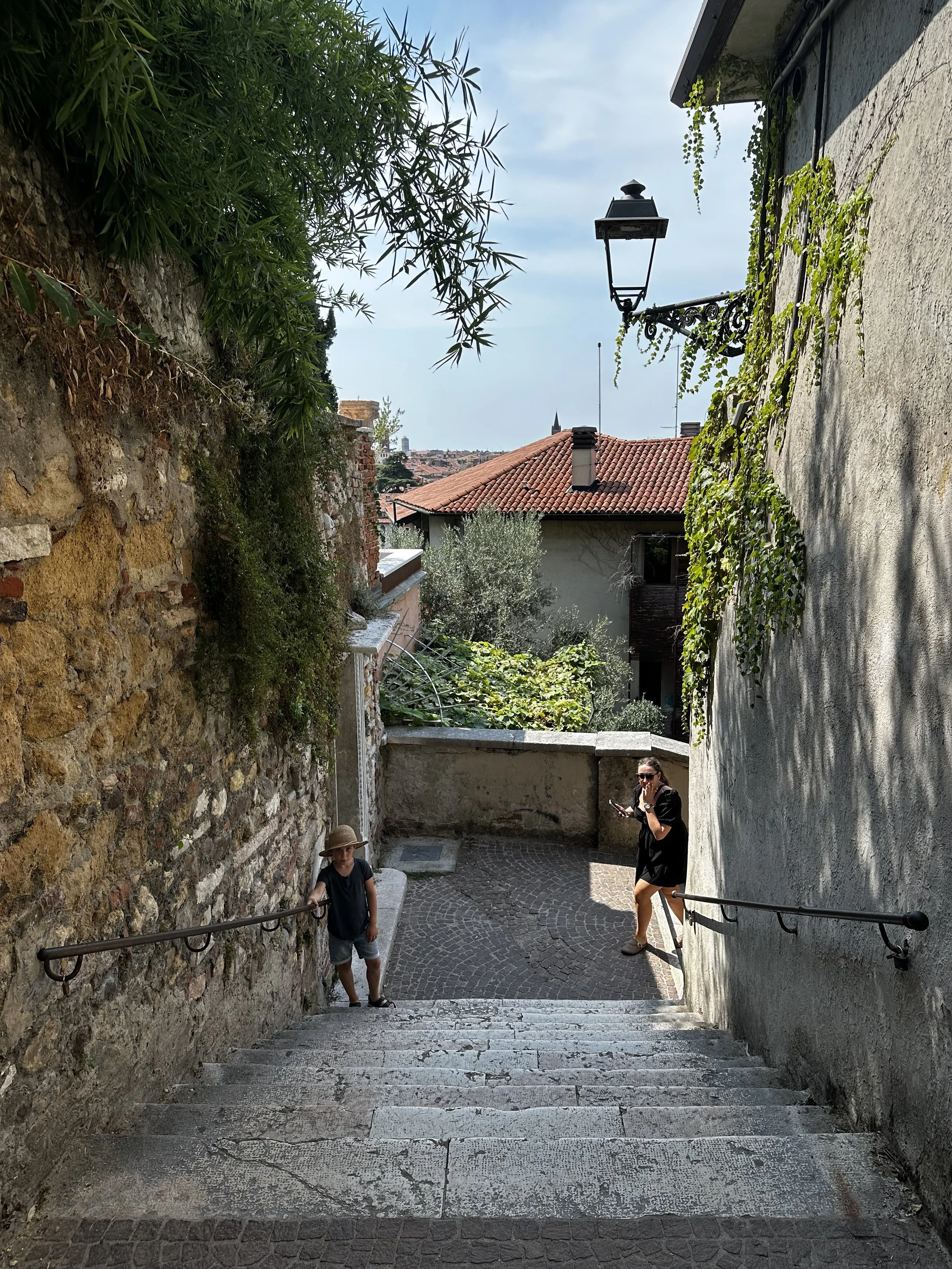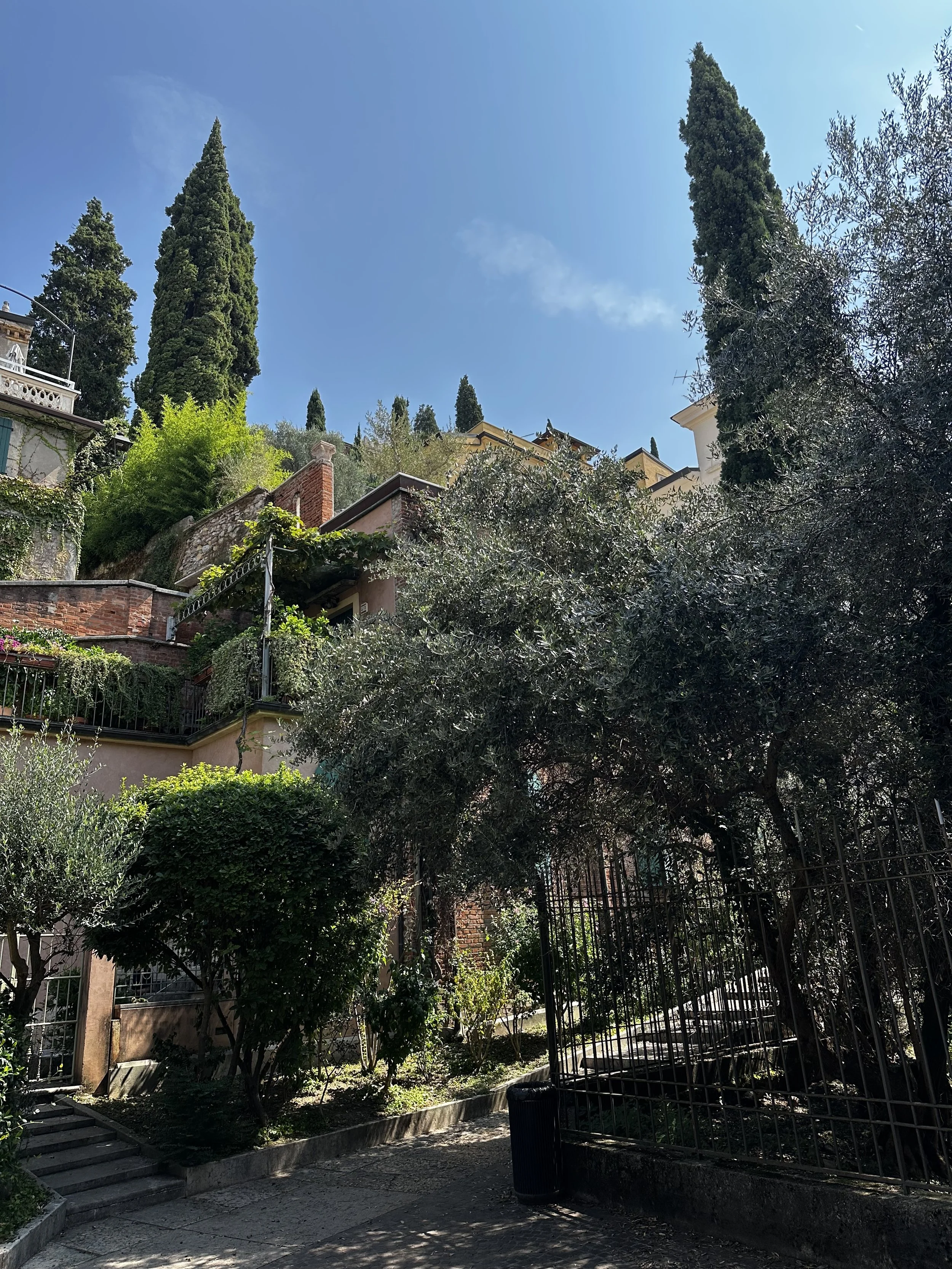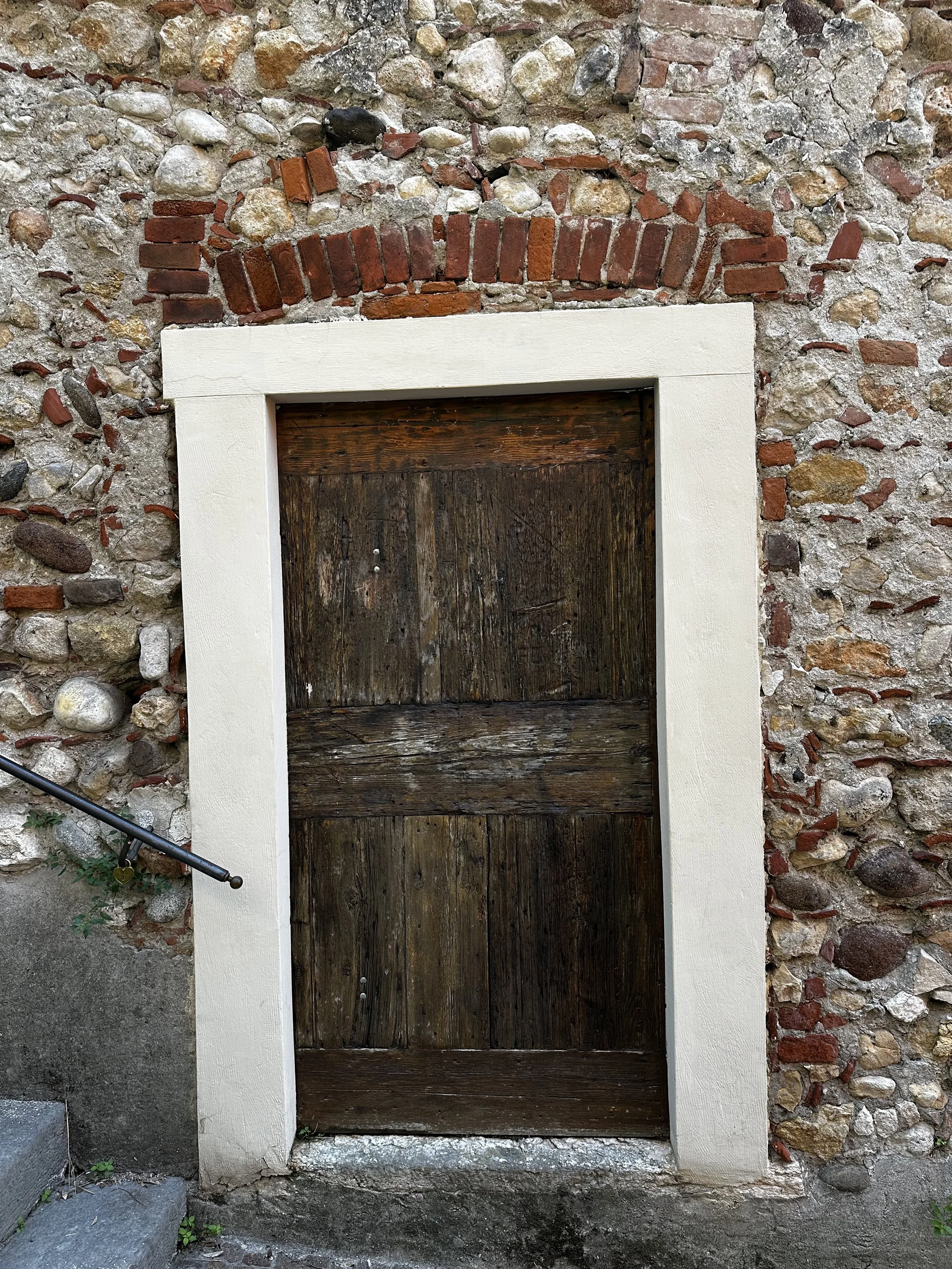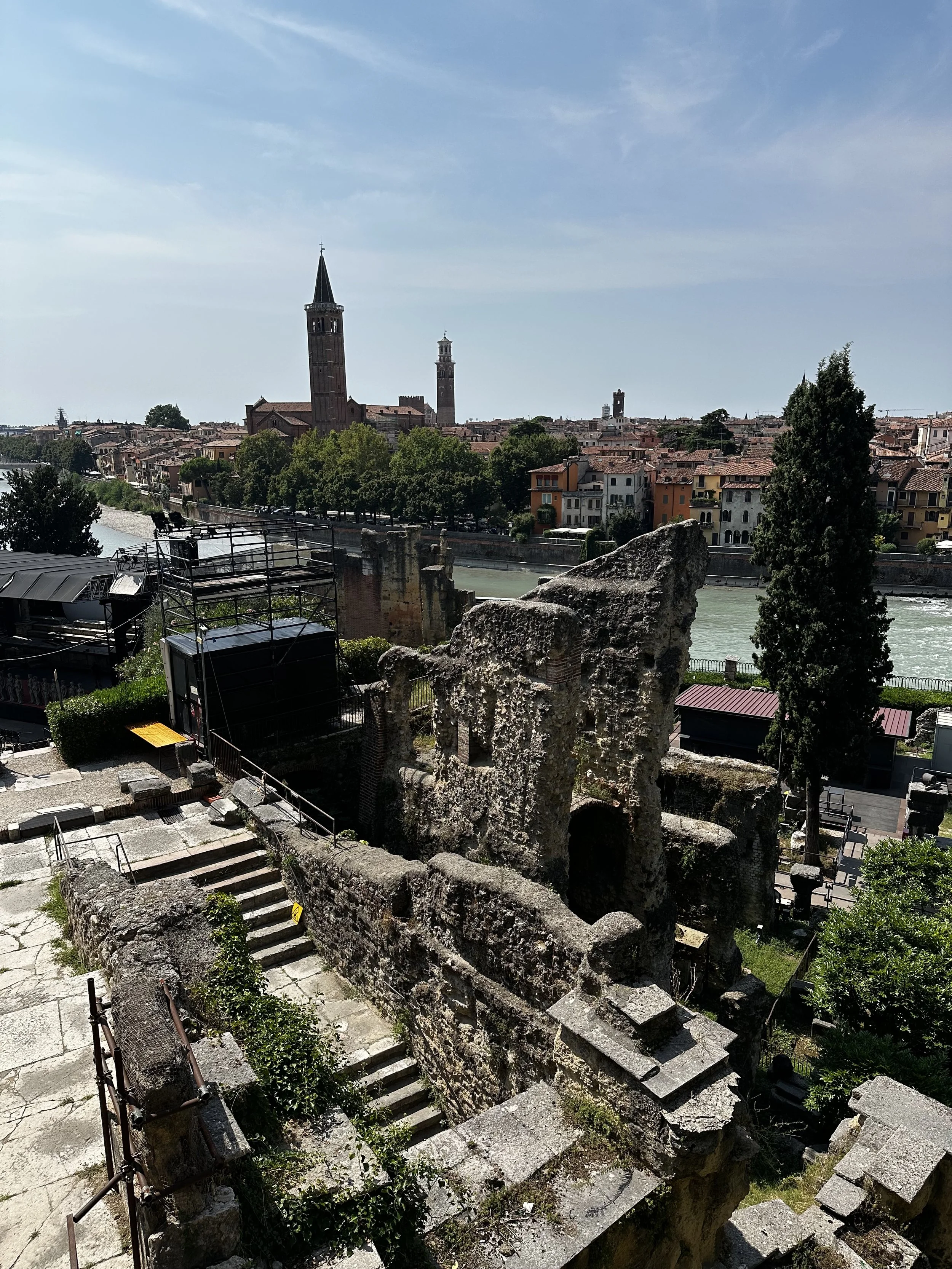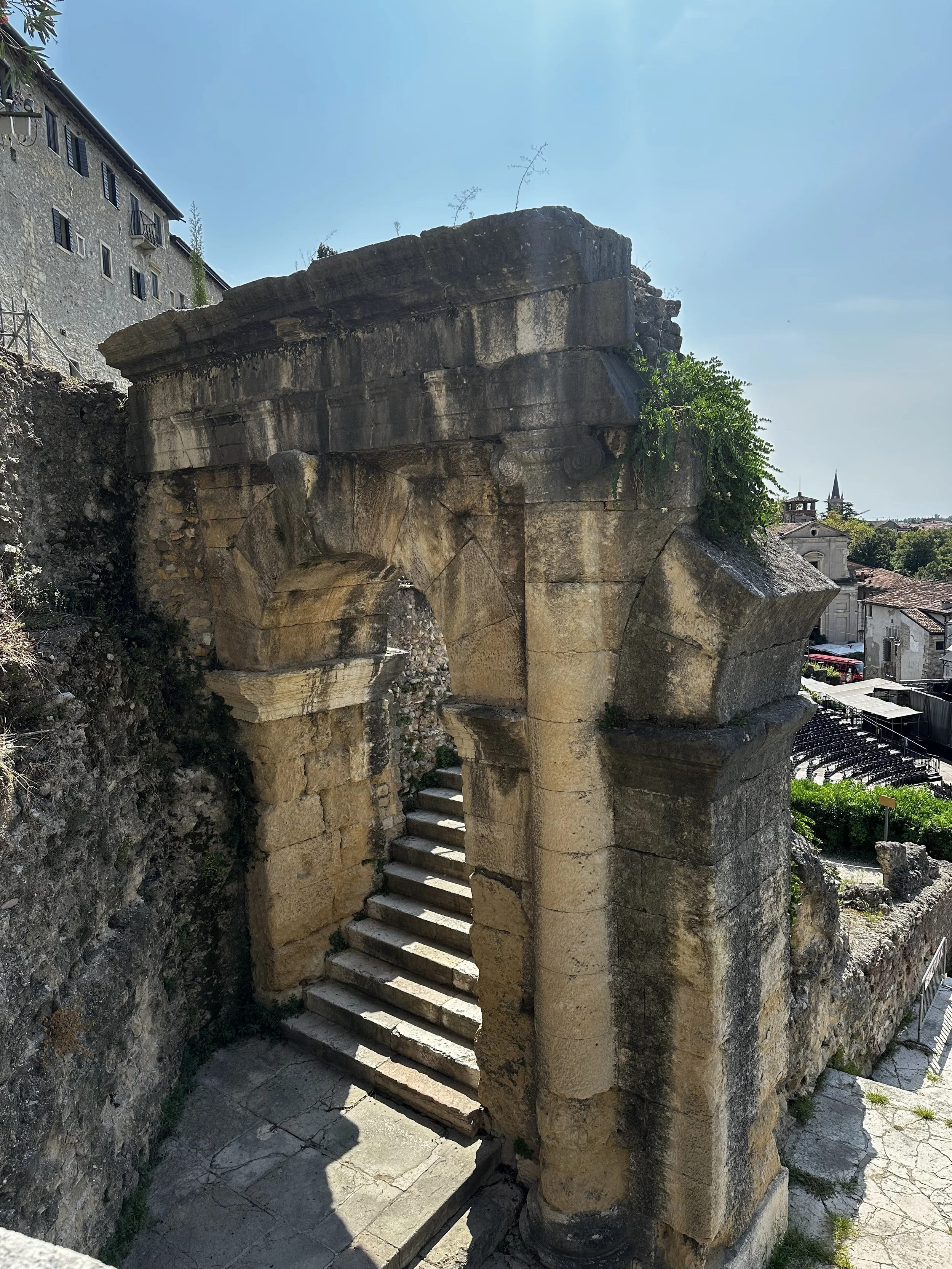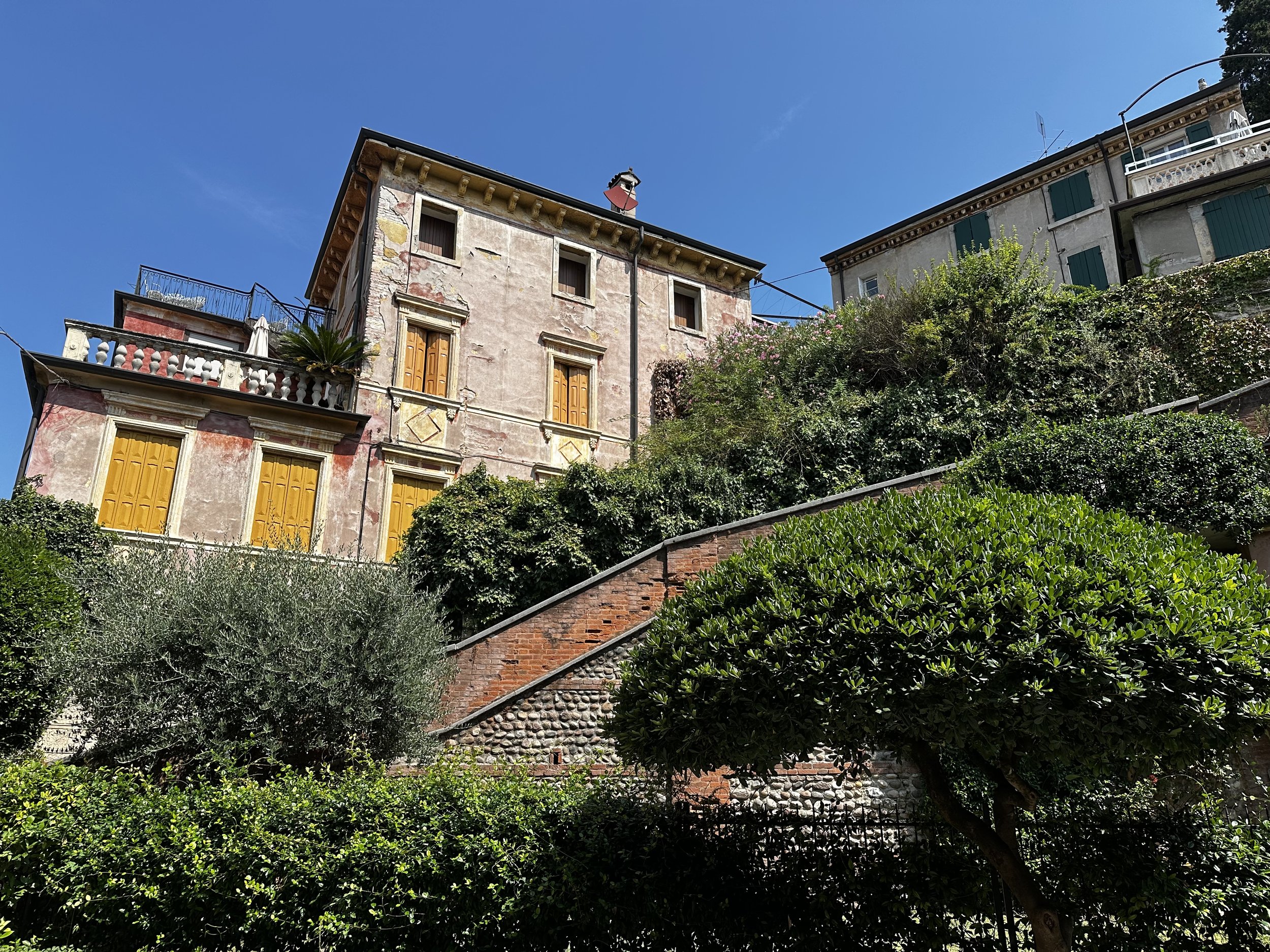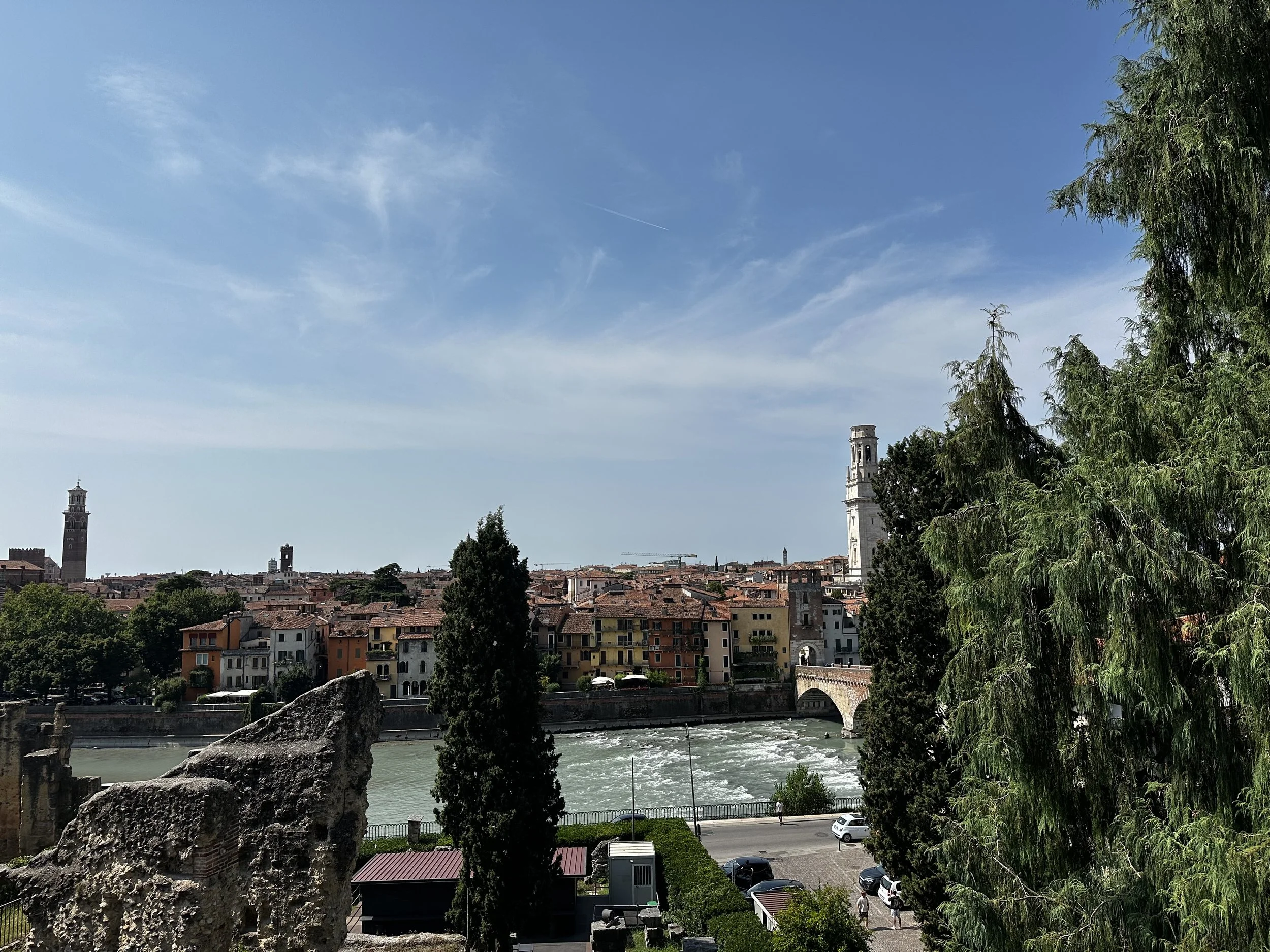Verona is Not Just for Lovers
I originally planned to spend just one night in Verona—arrive late afternoon, stroll the city, then head to Peschiera del Garda the next morning (part of a recent 3’ish week trip across UK/Italy/Croatia). Honestly, I expected Verona to be a bit cliché—crowded with tourists quoting Shakespeare beneath a balcony. But my experience couldn’t have been more different. Despite a delayed flight and getting a little lost on arrival, Verona turned out to be one of the most pleasant surprises of my trip.
A quick history of Verona:
Founded by the Romans in the 1st century BCE—traces remain in the Arena, Ponte Pietra, and city gates.
The Scaligeri family shaped much of medieval Verona, including Castelvecchio and the ornate Scaliger Tombs.
Venetian rule (1400s~1800) left a mark of elegance and prosperity, later inspiring Shakespeare’s plays (though he never visited Italy).
After passing through Napoleonic and Austrian control, Verona joined unified Italy in 1866.
Getting there: Verona is well connected by trains and has a small, easy-to-navigate airport. I flew in from London Heathrow, took the Airlink Aerobus (€6, tap-to-pay on the bus or buy a ticket at the airport), and arrived at Porta Nuova station. From there it’s about a mile to the Centro Storico. Late at night, taxis can be scarce, so I walked. It felt safe enough, but it was dimly lit in places, I was hauling my backpack and was hungry after delayed flights so it wasn’t by choice. On the way back I opted for a taxi (€10, it’s a regulated flat rate). Note: there is also a bus, #103, but I was not able to find one.
First impressions: Walking through the arches into the historic center at night was what got me. The Arena glowed under the lights, the piazza was alive with people and cafés, and the atmosphere felt timeless. I immediately imagined - 2,000 years ago this Roman arena held 30,000 spectators for gladiator games (yes, brutal) and also the central
Where I stayed: My B&B, Residenza Bonifacio, was one of my favorites. Tucked away behind an unassuming green door, it offered rustic yet chic rooms thoughtfully stocked with espresso, snacks, and all the little touches that make you feel at home. Hosts Virginia and Michela were wonderfully welcoming and patient (especially after I circled the block more than once trying to find the entrance). Highly recommend for a cozy stay in the heart of the historic center.
Dinner in the piazza: Late dinners are normal in Italy (it was past 11pm), and I took my host’s recommendation for Trattoria Pizzeria Impero in Piazza dei Signori. (And they boxed up the rest of the pizza for me!). It was a perfect introduction to Verona: traditional pizza, a lively square, and centuries of history overhead. Look above Caffè Dante and you’ll spot the Latin inscription: “Fide et charitate in æternum non deficiam”— roughly translated “By faith and charity, I shall not fail eternally” - the motto of the Republic of Venice. This dates as far back as the 15th Century as a reminder of the enduring faith, generosity and spirit under Venetian power.
In other food endeavors - the next day I had a long lunch (as they are intended to be here) at Latteria - serving local wine and amazing flavors. Recommend the caprese and eggplant parmesan with their local white wine. Not exactly local speciality dishes but all of the food was fresh.
Other restaurant & food recommendations I picked up from locals (no reservations needed):
Trattoria al Pompiere - Risotto all’Amarone (the local dish - Amarone is the most imporant red wine of the region)
Osteria la Fregola - True Veronese “mamma’s cooking”
Torcolo - For the main dish of Verona: bollito with peara (steamed meat, pork & beef, sliced in front of you with a cream made of grated bread & black pepper)
Flego Pasticceria - for breakfast, small pastries
Meandering around Verona
It’s a Love Story: Casa di Giulietta & Casa di Romeo
Casa di Giulietta courtyard draws big crowds; the courtyard offers a nice photo opp, a board to post your love letters, bronze statue with her famous boob, and gift shop. I skipped the balcony, if you plan to brave the lines get there early and purchase in advance 12€.
Casa di Romeo is a bit more understated - it’s closed to the public and other than a few local businesses profiting off the name you might miss it altogether.
Church Hopping
Because this is my favorite pastime every place I visit, I stopped in Duomo di Verona (this is actually more like a compound) and Basilica di Santa Anastasia (she’s the heavyweight and grandest of the churches in Verona). Confession: I didn’t make it to San Zeno across the river this trip. The pass for all 3 is 8€ and includes audio guide.
Duomo di Verona
Built atop earlier Christian basilicas destroyed in the 1117 earthquake, the Duomo rose in Romanesque form and was consecrated in 1187. Look for the sculpted griffin-front porch and intertwining Romanesque-Gothic elements. Inside you’ll find Renaissance style chapels and the Chapter Library housing some of the worlds oldest Christian texts.
Basilica di Santa Anastasia
Dominating Verona's Gothic skyline, construction began around 1290 under the Dominicans and stretched into the 15th century, with consecration in 1471. Inside, three naves are held aloft by red Verona marble columns, and chapels are studded with frescoes by Pisanello and masterpieces like the Fregoso altar. The frescoes in this chiesa are amazing - come for the Gothic architecture, stay for the art.
Ponte Pietra & Castel San Pietro
Ponte Pietra is a fascinating story of a bridge that the Romans believed was blessed by the gods to protect their land. After the Germans destroyed it in WWII, it was rebuilt by men using original materials and completed in the mid 1950s.
On the opposite side of Ponte Pietra sits Castel San Pietro, perched atop a lush hill that offers sweeping panoramas of Verona’s rooftops, the winding Adige River, and the ancient city below. The wide staircase is dotted with raised viewpoints and handrails (perfect for pausing and catching your breath) and features bits of urban art along the way.
Midway up—or for those who’d rather skip the steps, there’s a funicular, a sprint of a ride that harks back to the 1940s and was restored in 2017. It whisks you to the top in just over a minute, for around €3 r/t. At the summit, perches a terrace with a café and restrooms. It only took me :10min or so to walk to the top at a leisurely pace.
Just below the castle lies the Roman Theater, a beautifully preserved 1st-century BC open-air venue that still hosts Verona’s outdoor concerts throughout the summer - you can see they were setting up while I was passing through! Pro Tip: This would be a perfect place to take in a sunset.
Highlights to see in Verona below in map:
Arena di Verona (30 AD): From gladiator battles to today’s opera festivals; plays host to Summer’s Shakespeare festival every year despite he never visited Italy
Casa di Giulietta: The Capello (Capulet) family’s 13th-century home, now a Juliet pilgrimage site; courtyard is free, balcony tickets 12€
Casa di Romeo: Associated with the Montecchi (Montague) family, though closed to visitors
Torre dei Lamberti: An 84-meter tower with panoramic views, 6€ at the door
Piazza delle Erbe: Once the Roman forum, now a lively square of frescoed houses and cafés
Ponte Pietra: Roman bridge rebuilt after WWII using original stones
Castel San Pietro: Best spot for panoramic views of Verona; walking is free, 3€ r/t funicular
Teatro Romano: A 1st-century BC theater rediscovered in the 1800s, still hosting summer performances
Piazza Duomo: Home to Verona’s Romanesque cathedral; 8€ entry into Duomo, Santa Anastasia & San Zeno. Pro tip: bring a shawl or sweater to cover your shoulders and knees
Basilica di Santa Anastasia: Gothic architecture with whimsical details
Basilica di San Zeno: Romanesque church with Mantegna’s altarpiece
Scaliger Tombs: Elaborate Gothic monuments to Verona’s ruling family
Beyond Verona: Though you can see Verona’s highlights in a day, it’s worth staying longer. Great nearby day trips (all accessible by train) include:
Lake Garda (15 minutes by train).
Padova (Padua), known for Prosecco and charming cycling routes.
Mantova (Mantua), a Renaissance gem surrounded by lakes.
Vicenza, with Palladian villas and artisan craftsmanship.
These smaller cities are less crowded and often more affordable, yet full of history and culture. Verona may have started as a simple stopover for me, but it’s the kind of place I’d happily return to for a long weekend.
